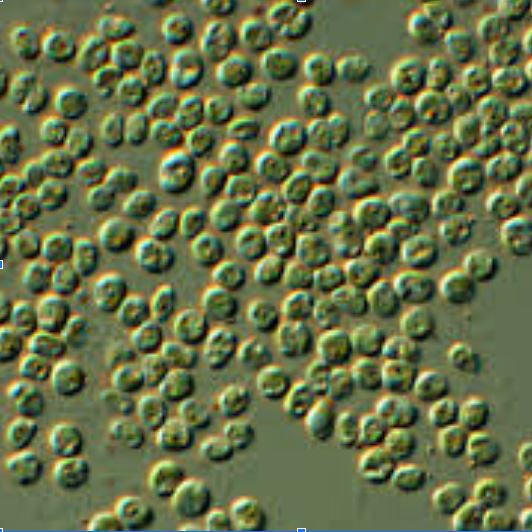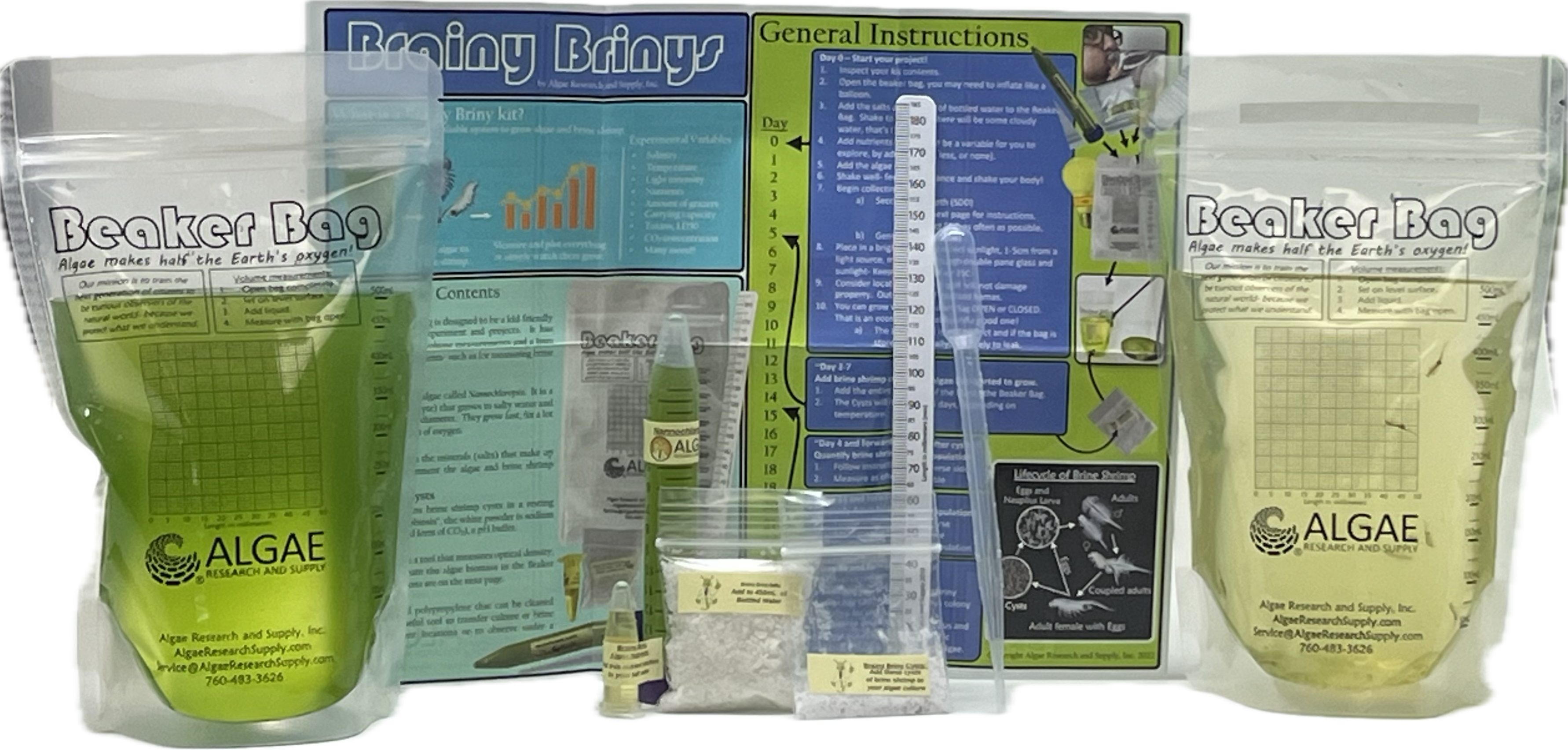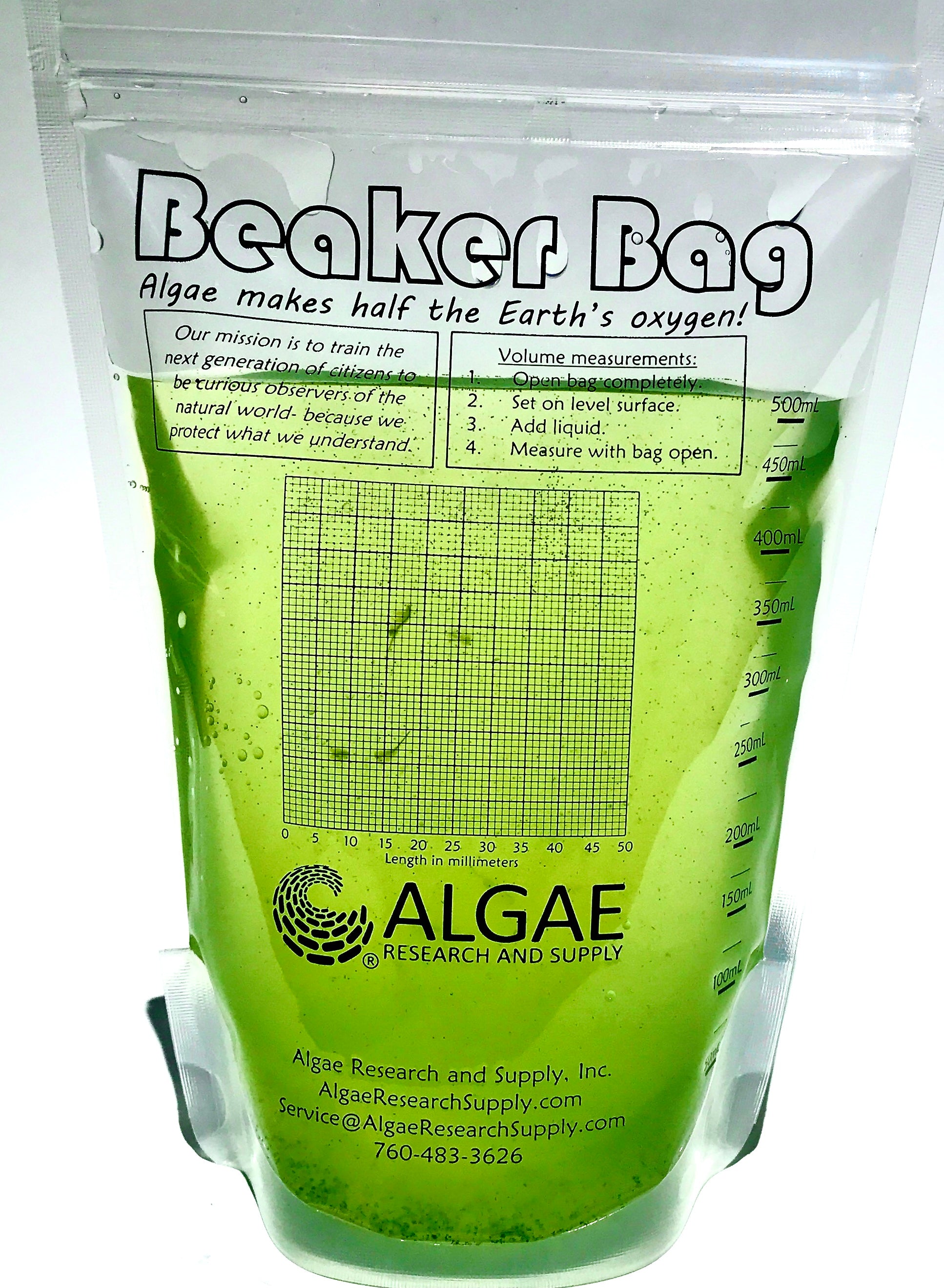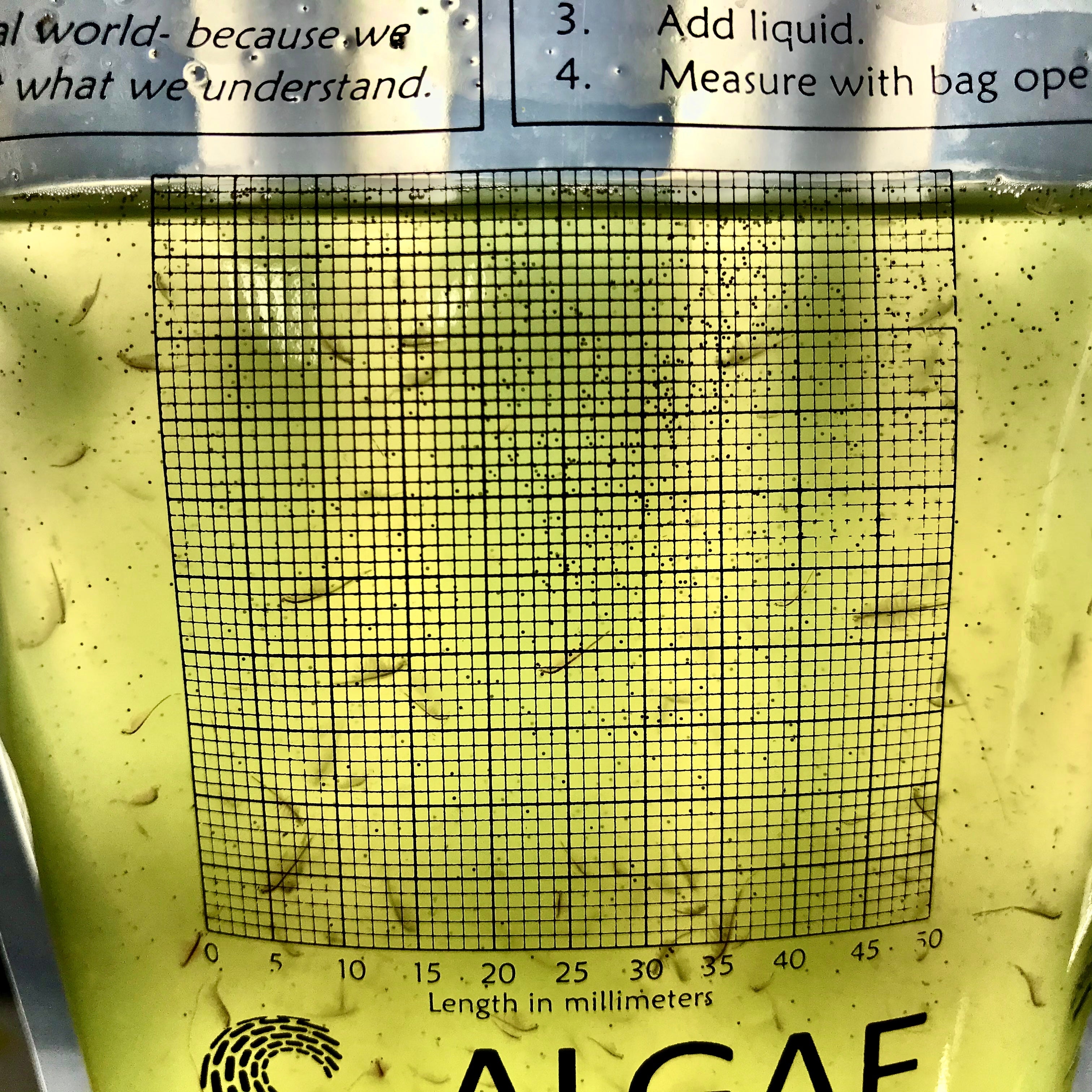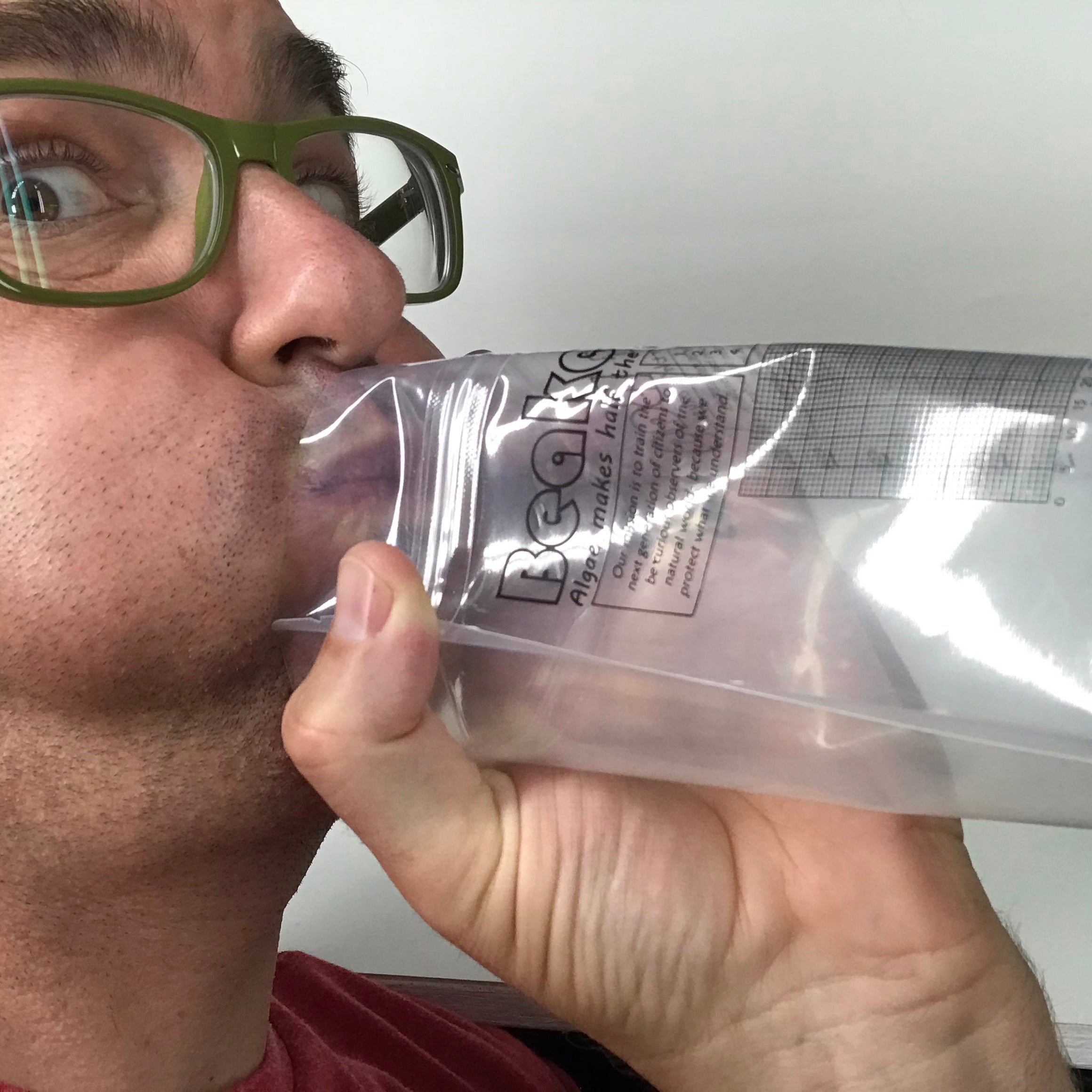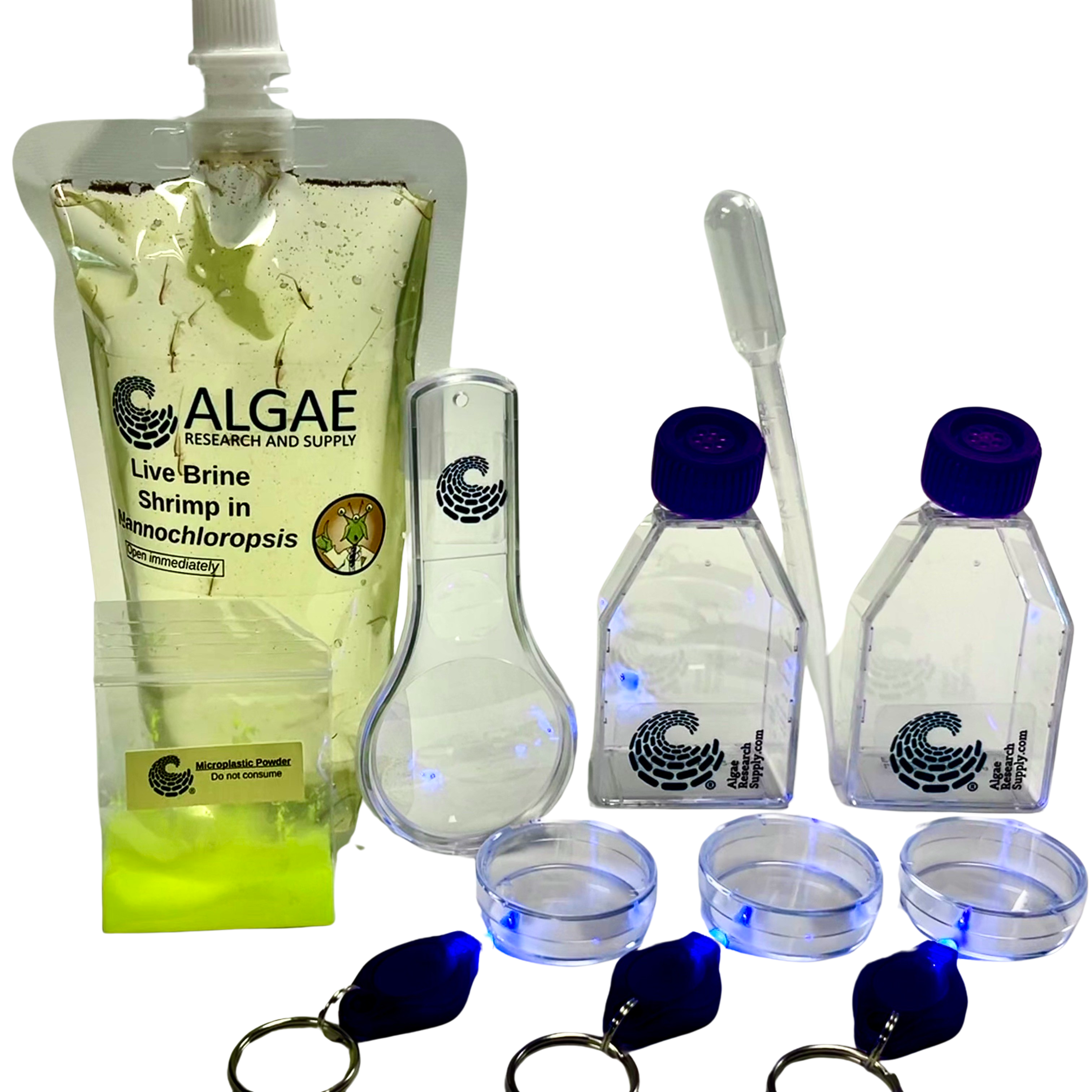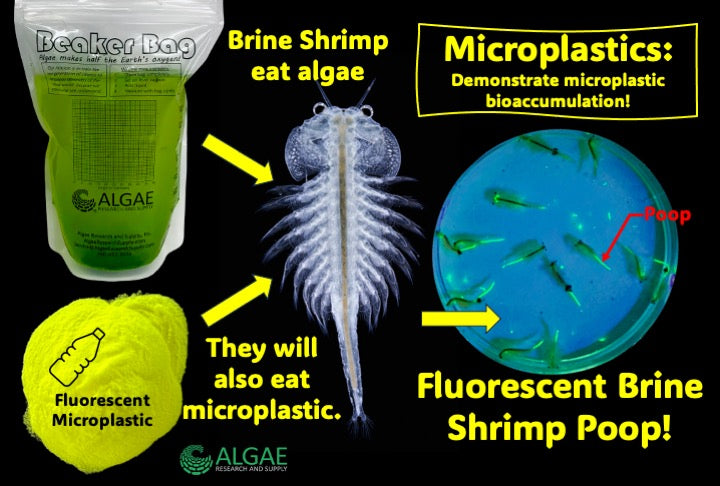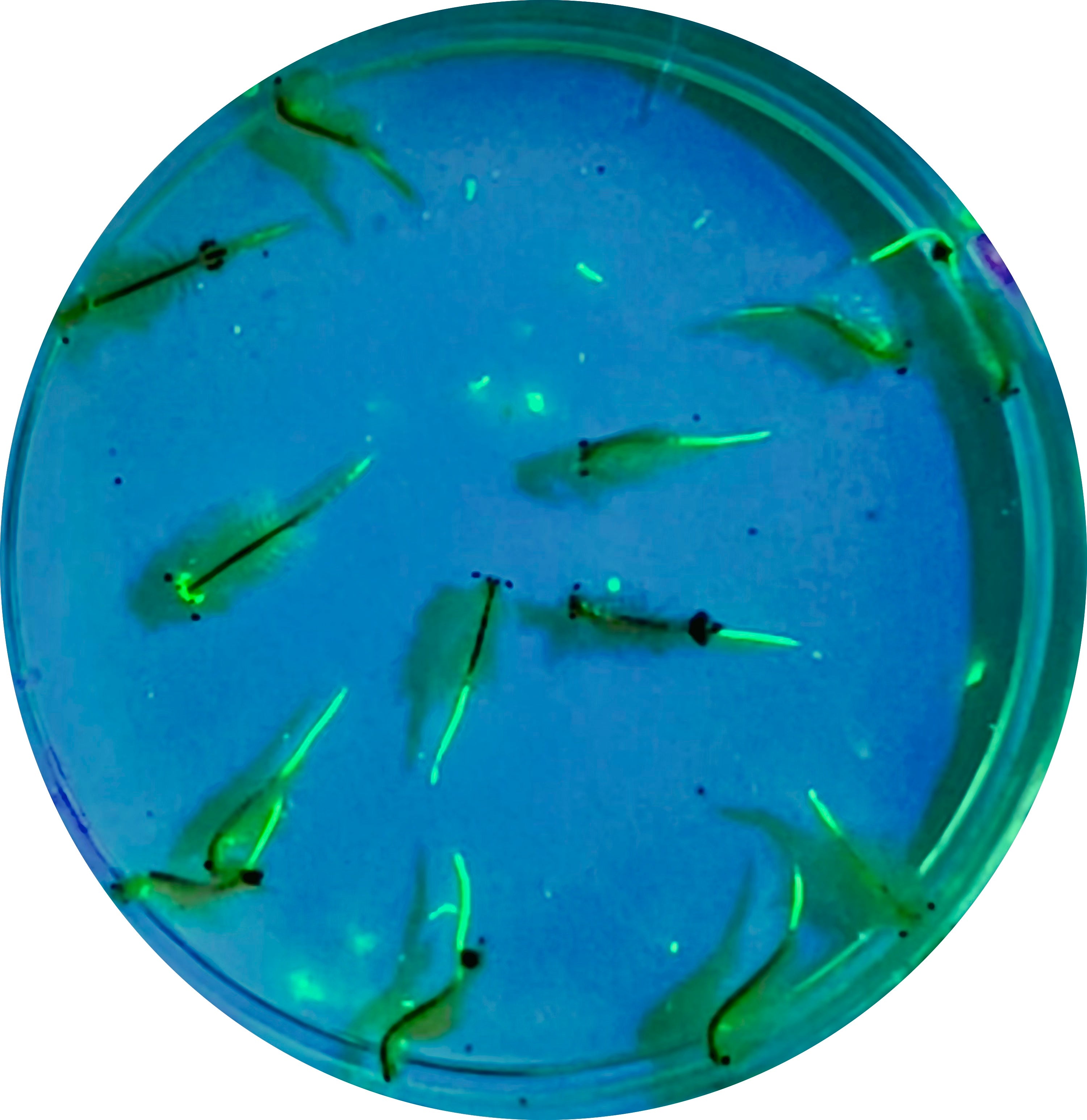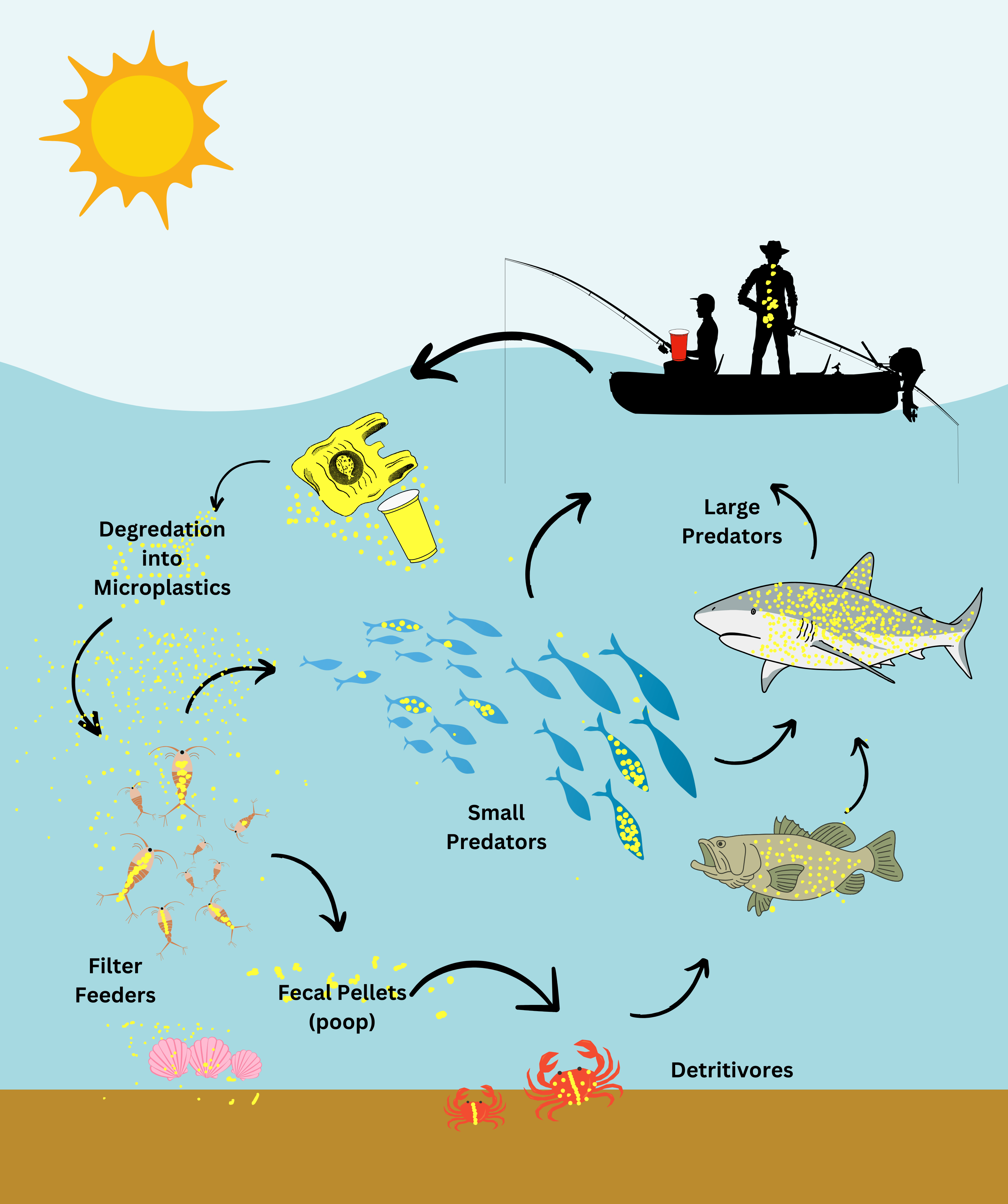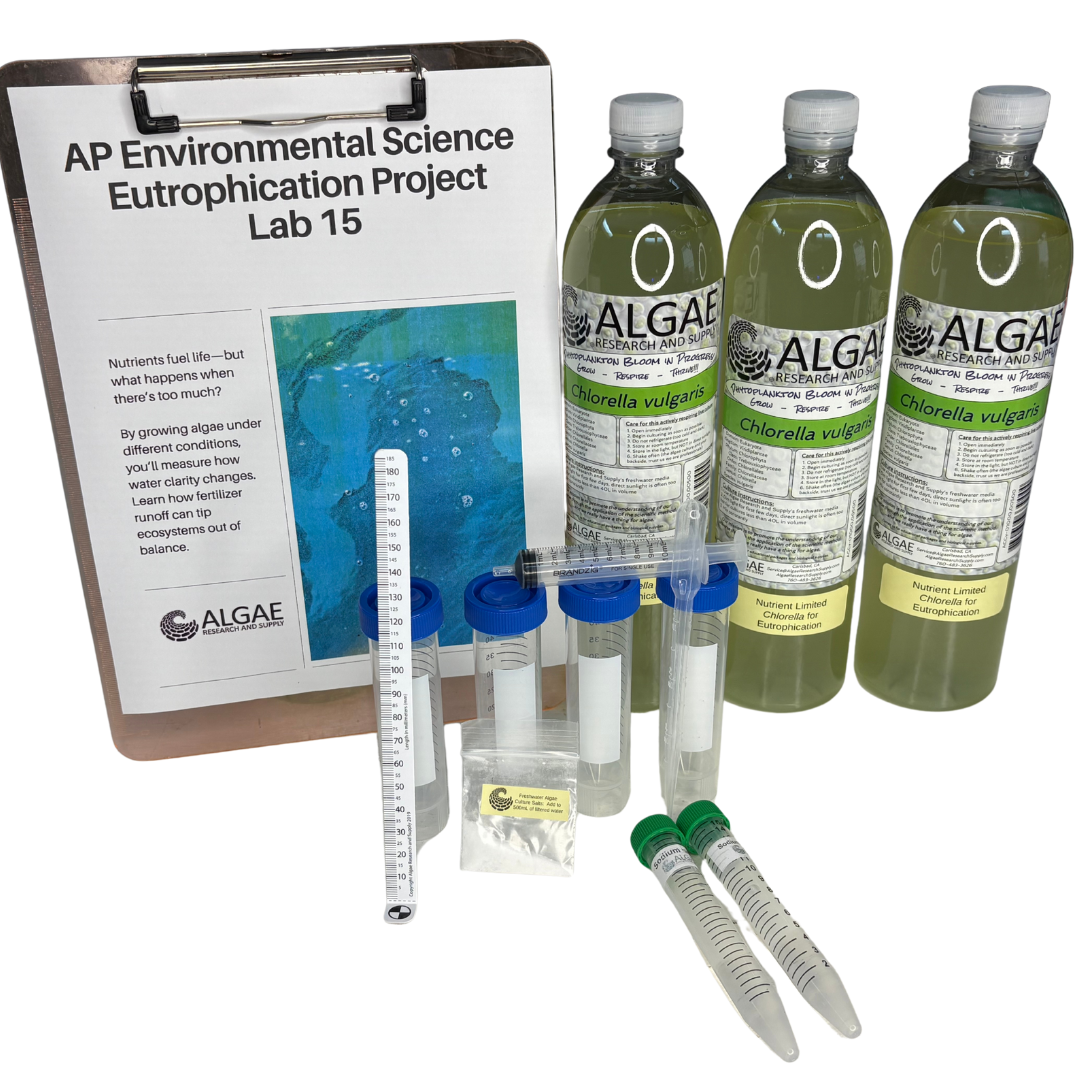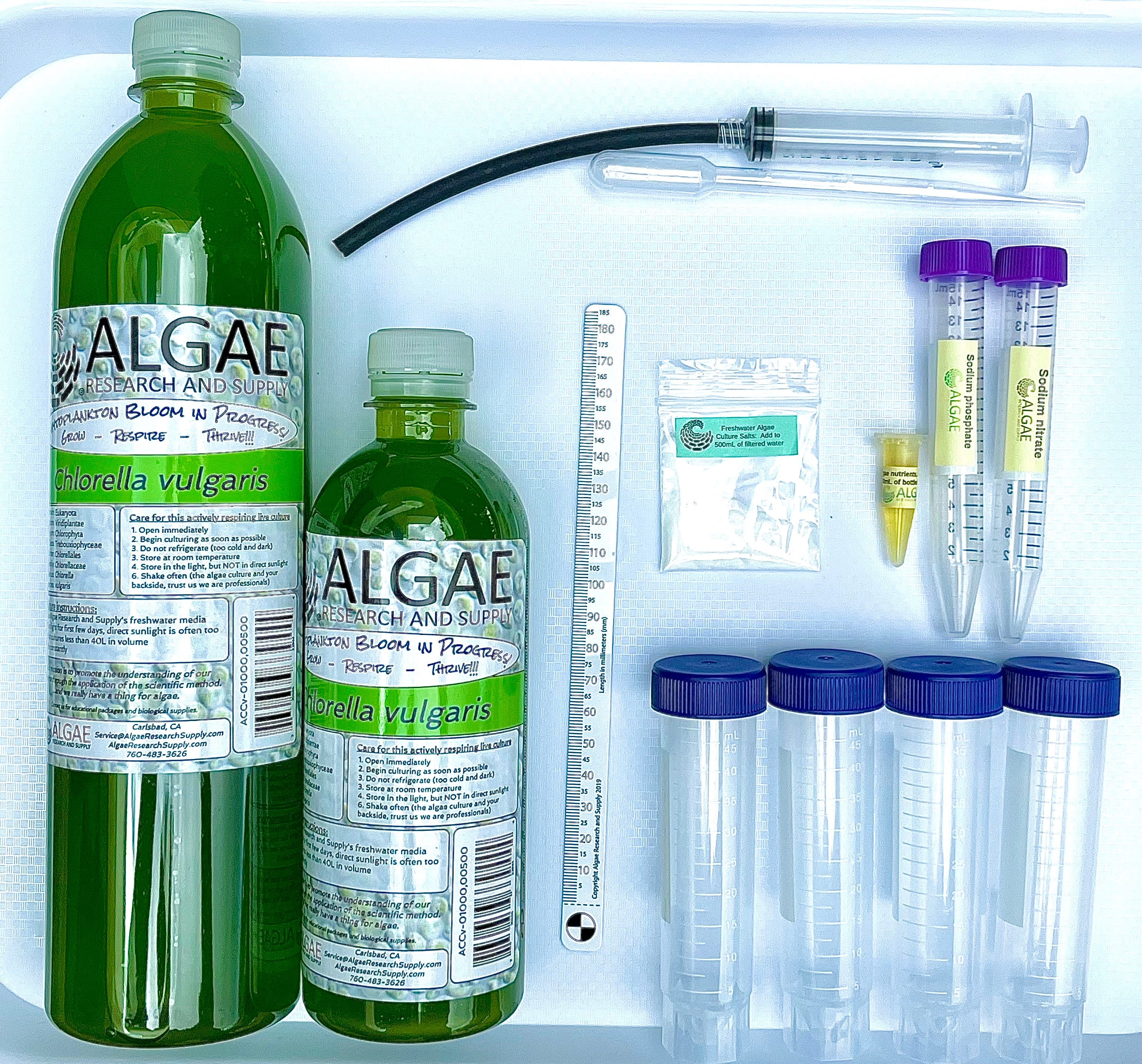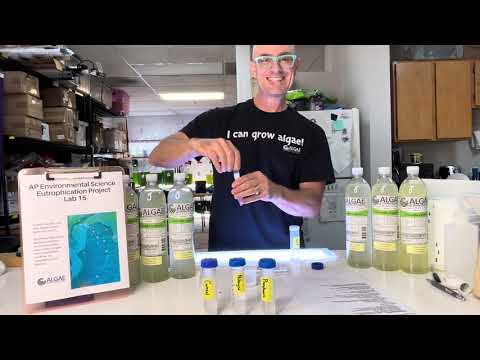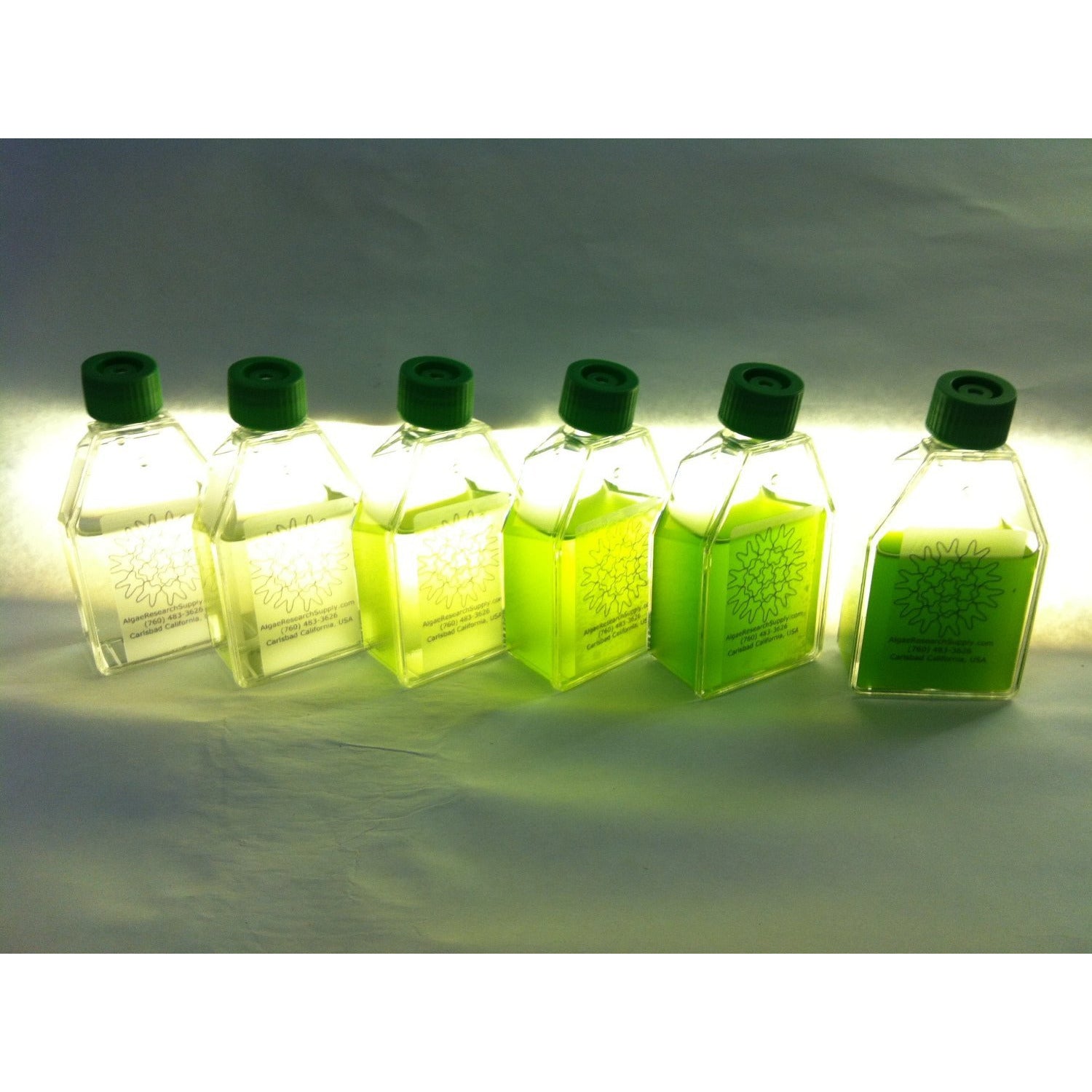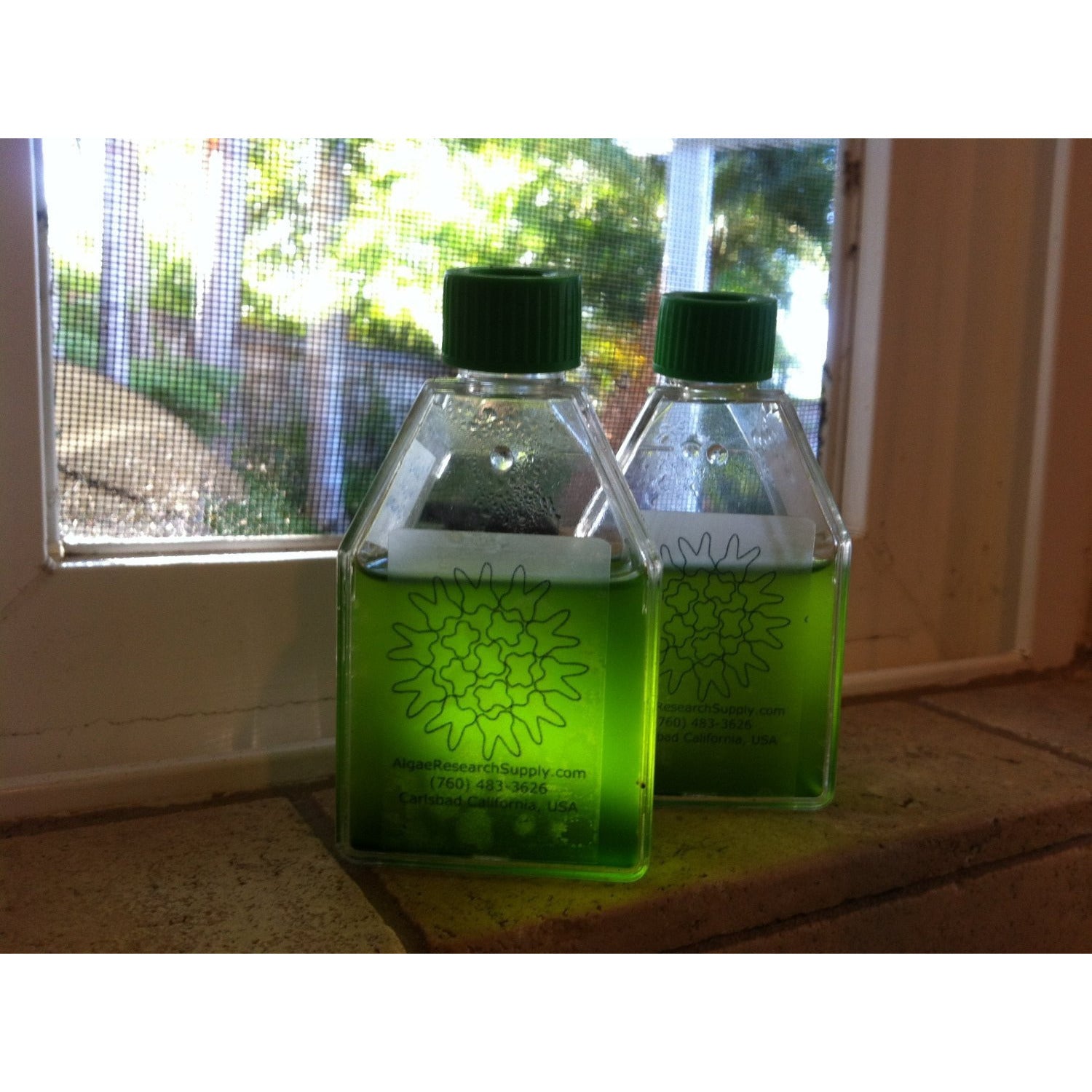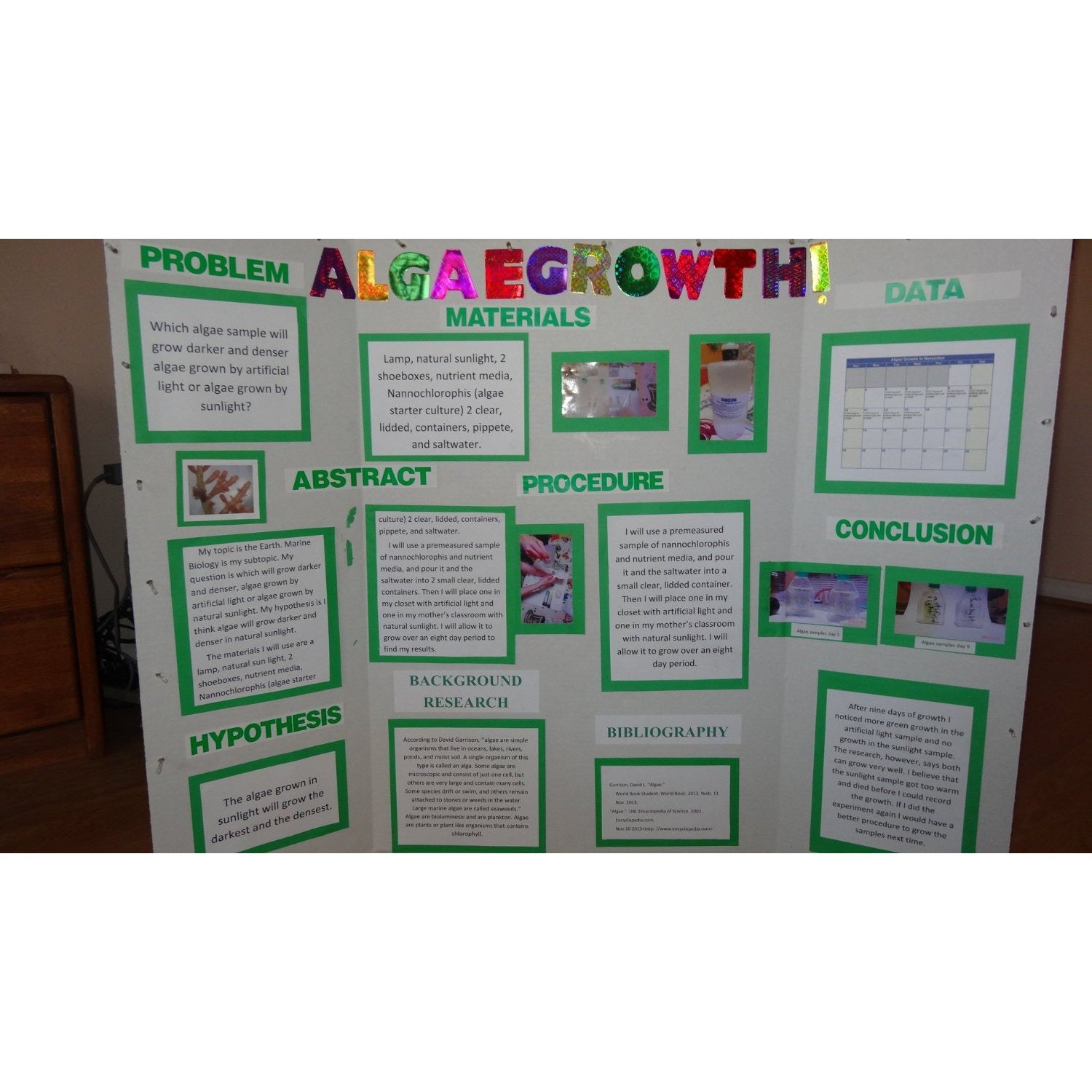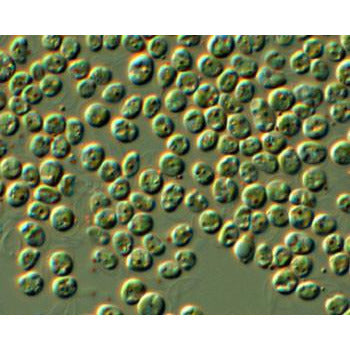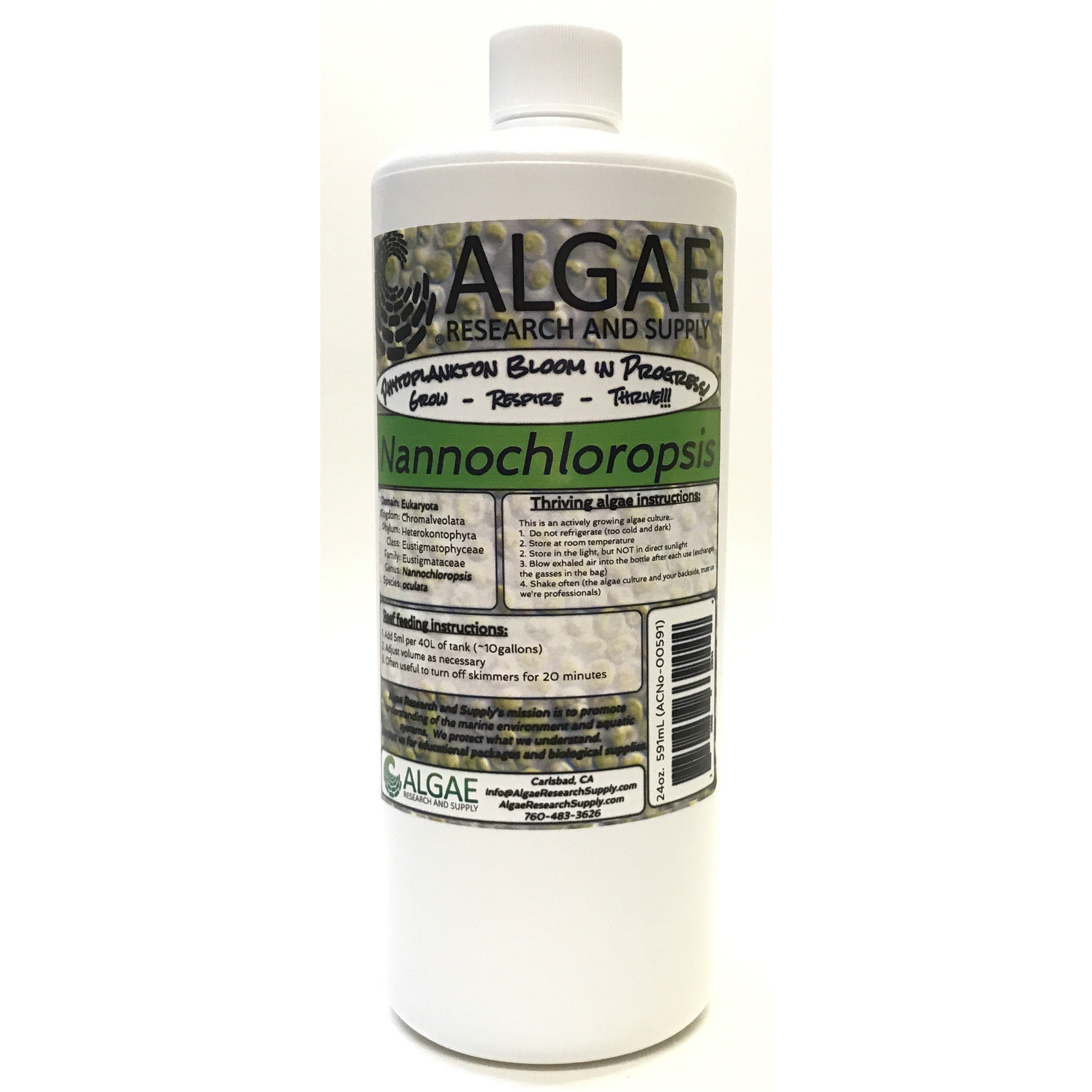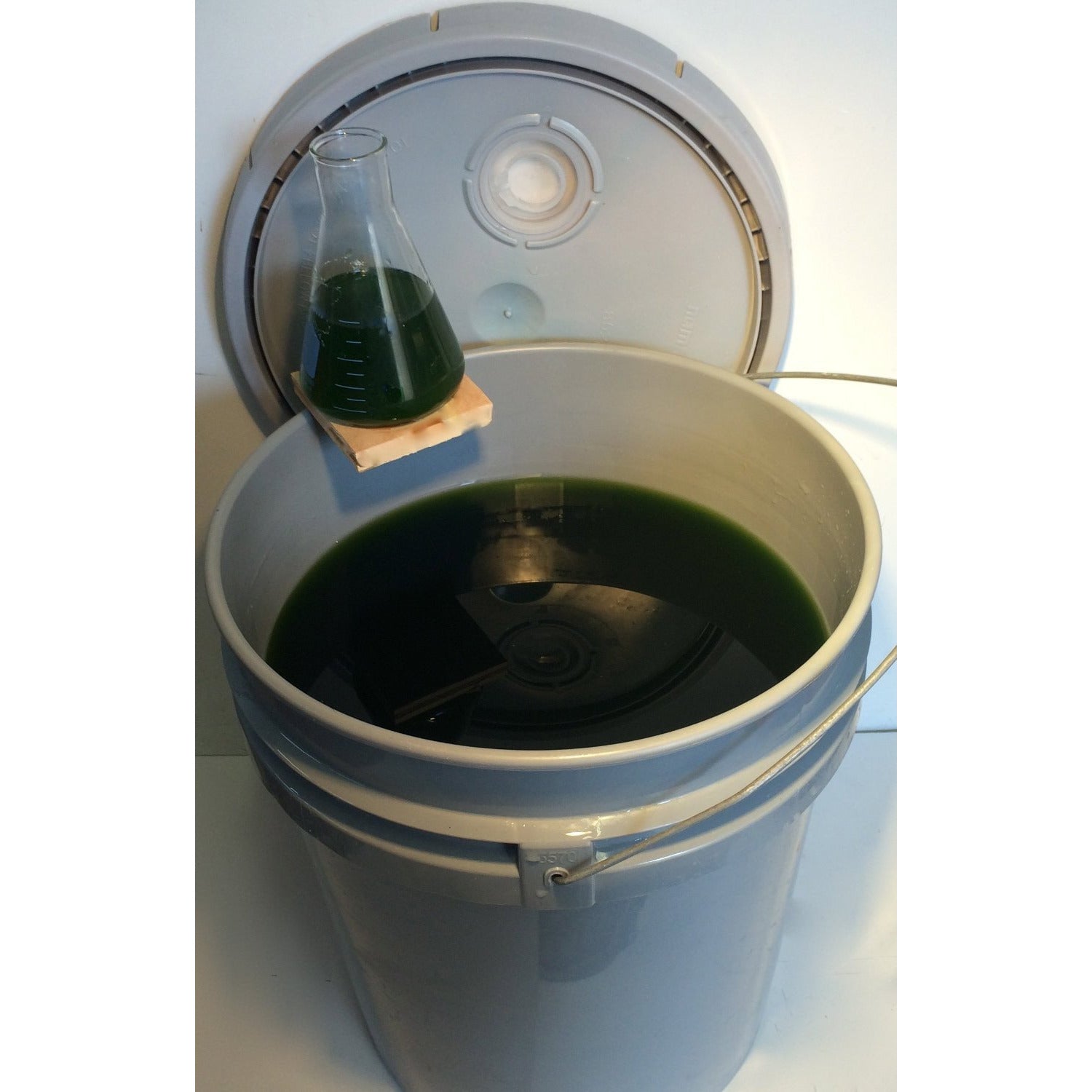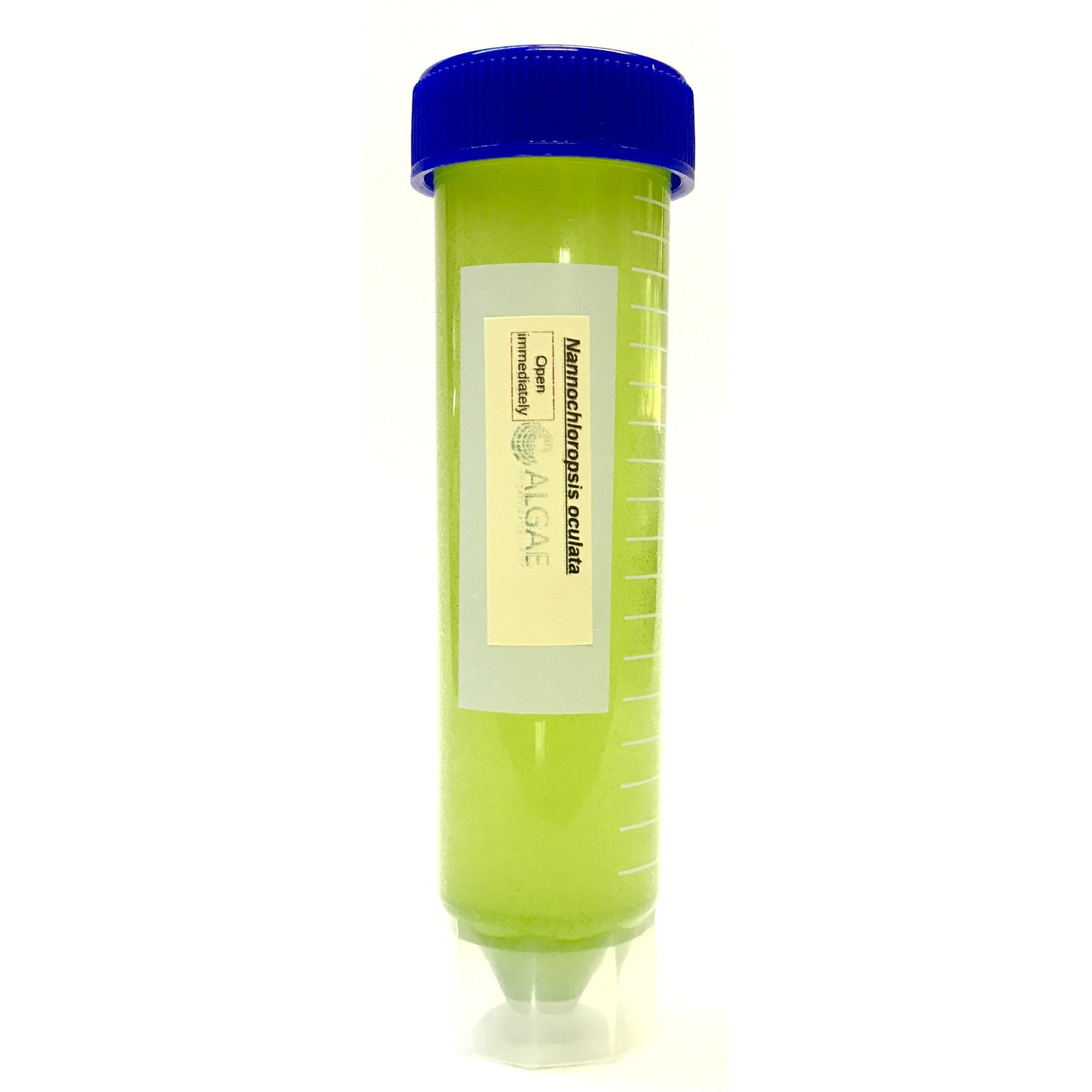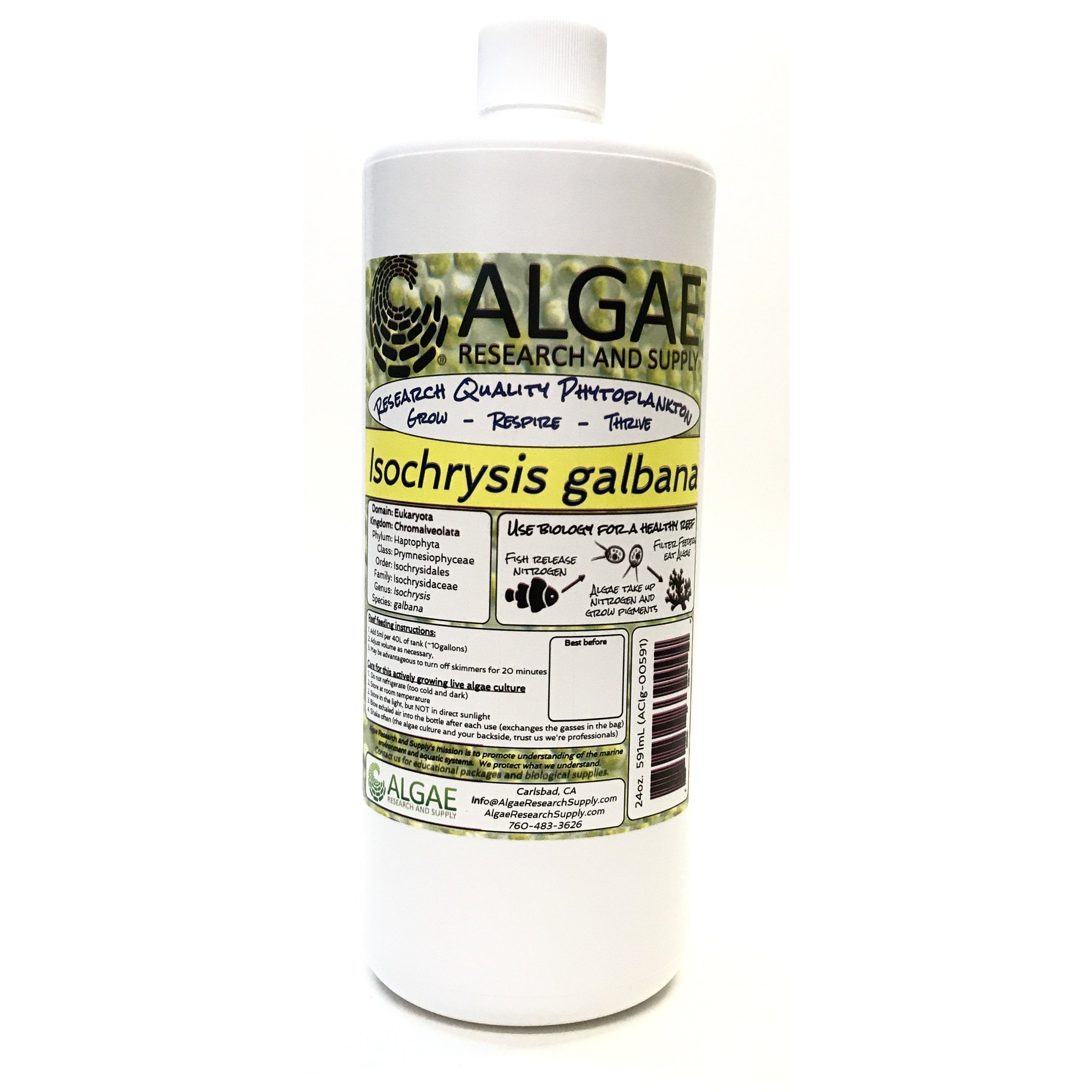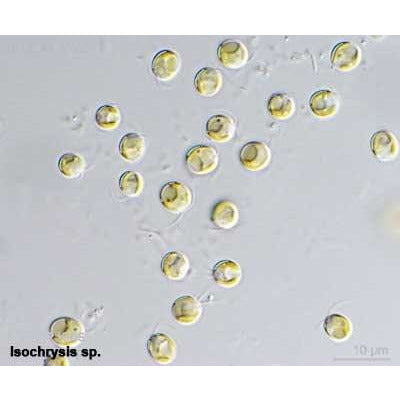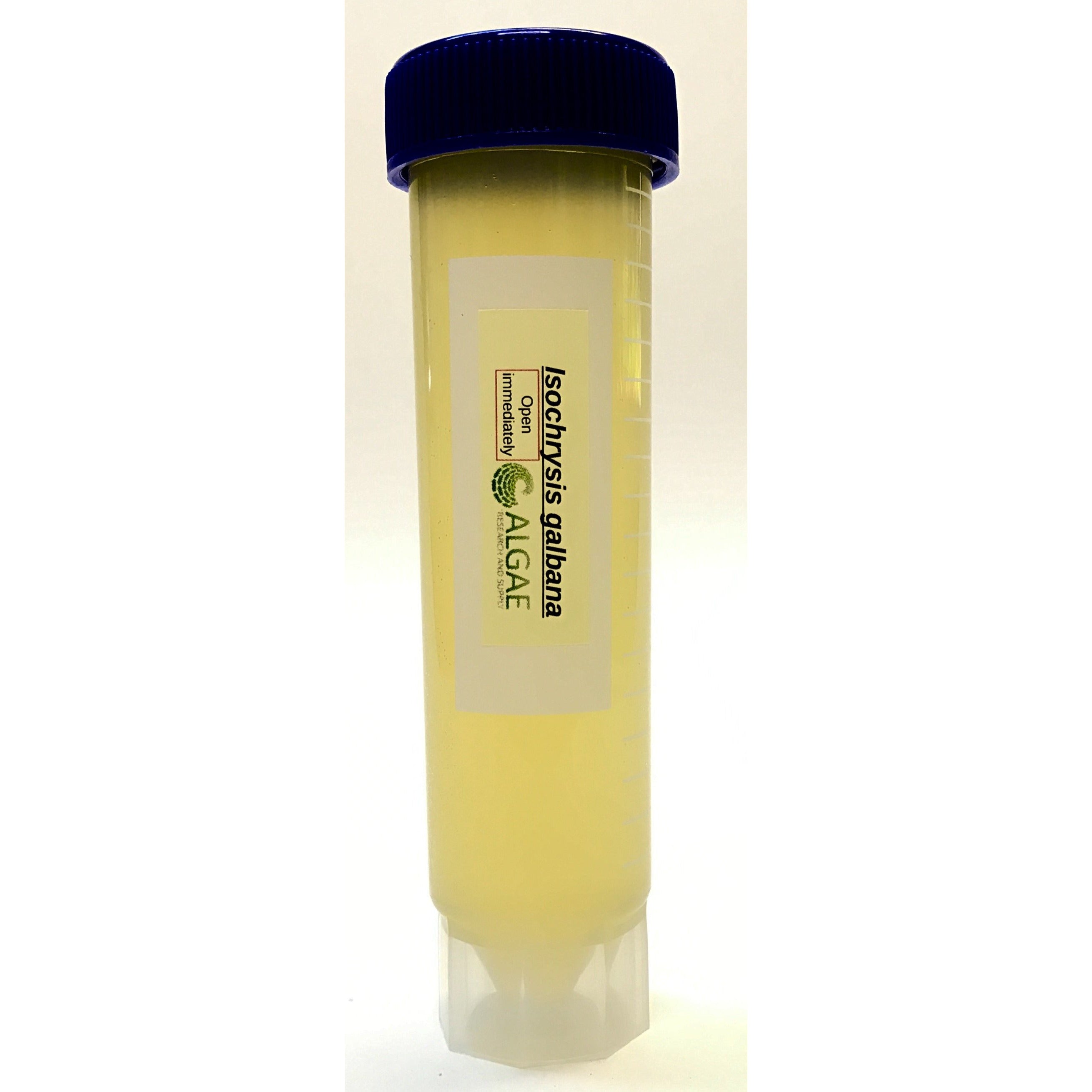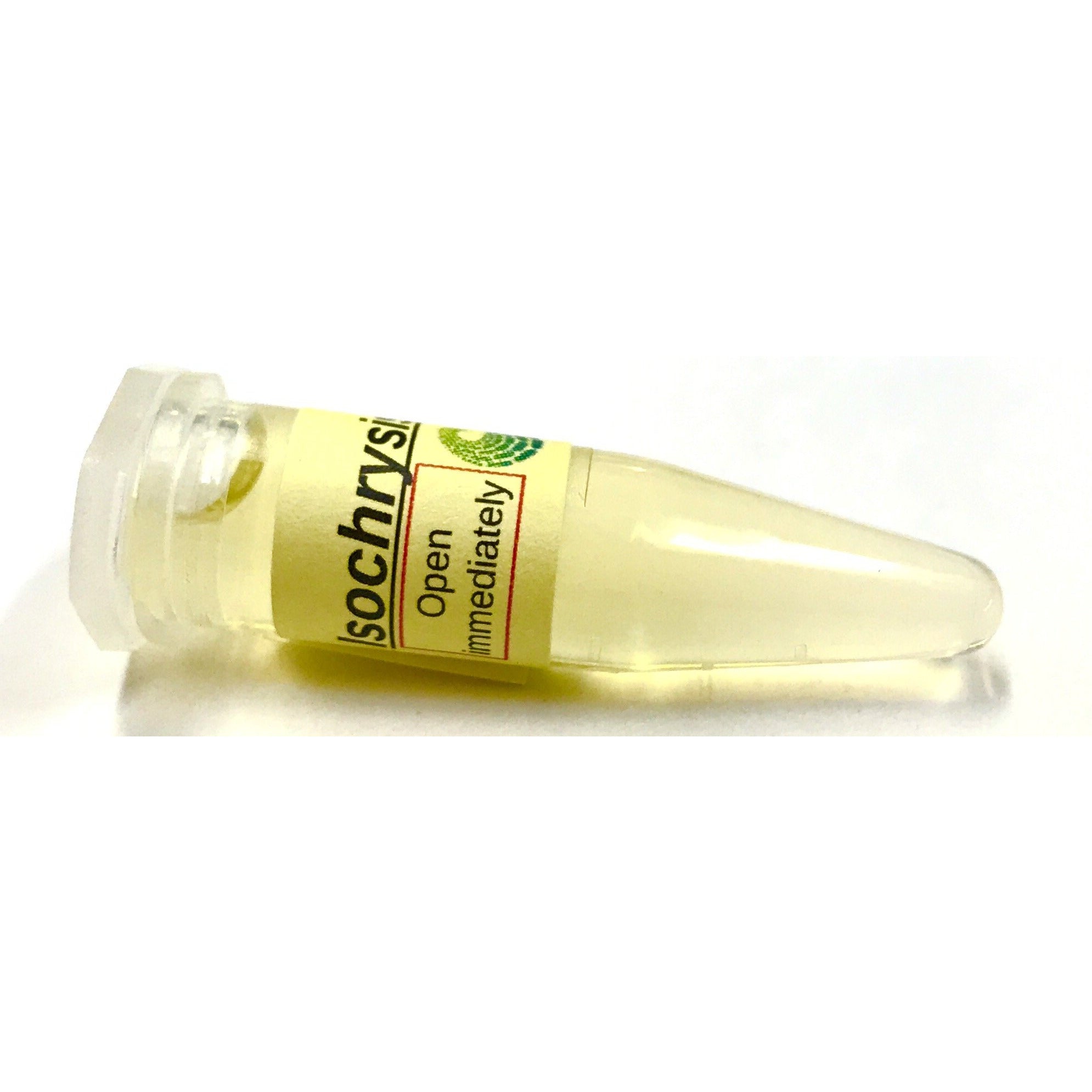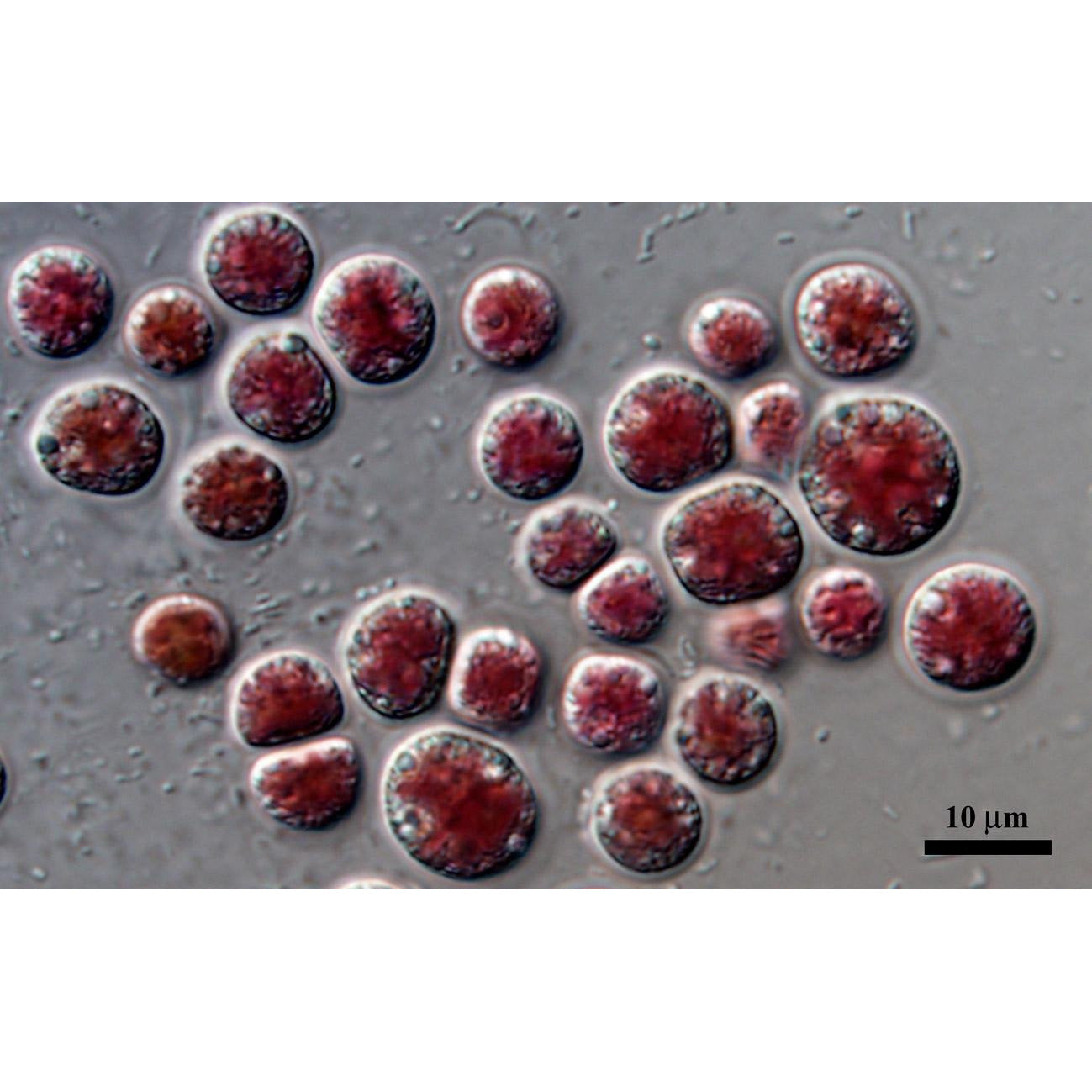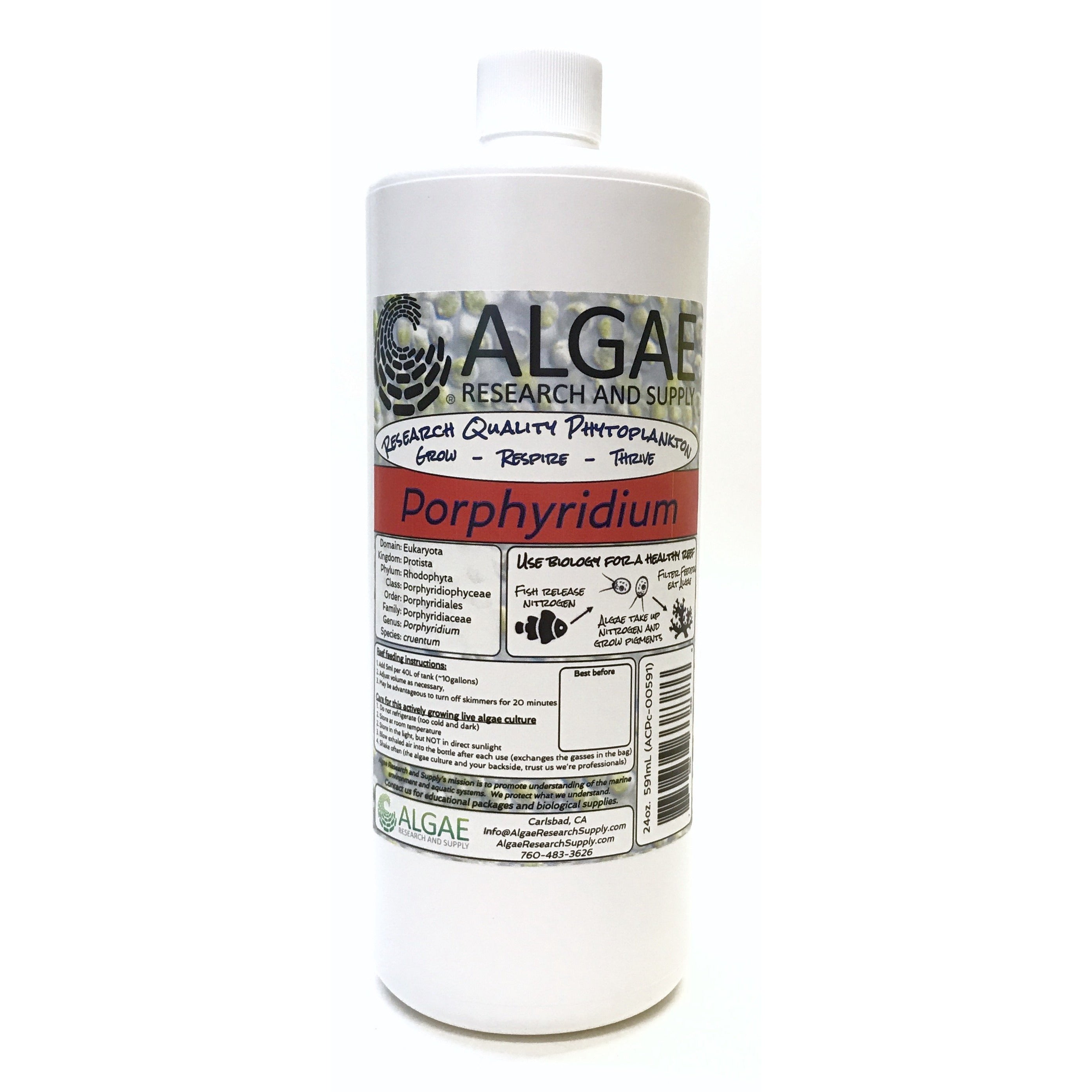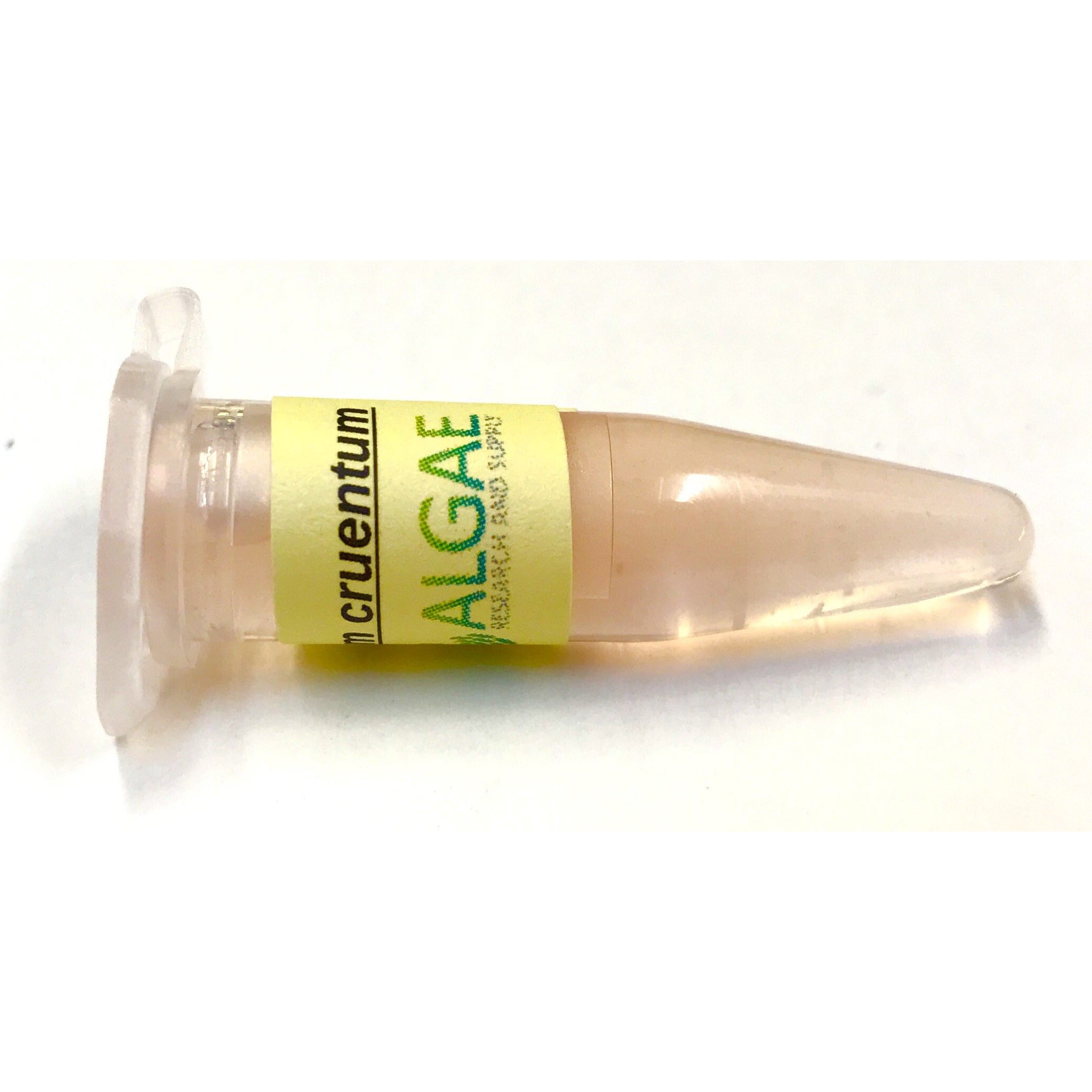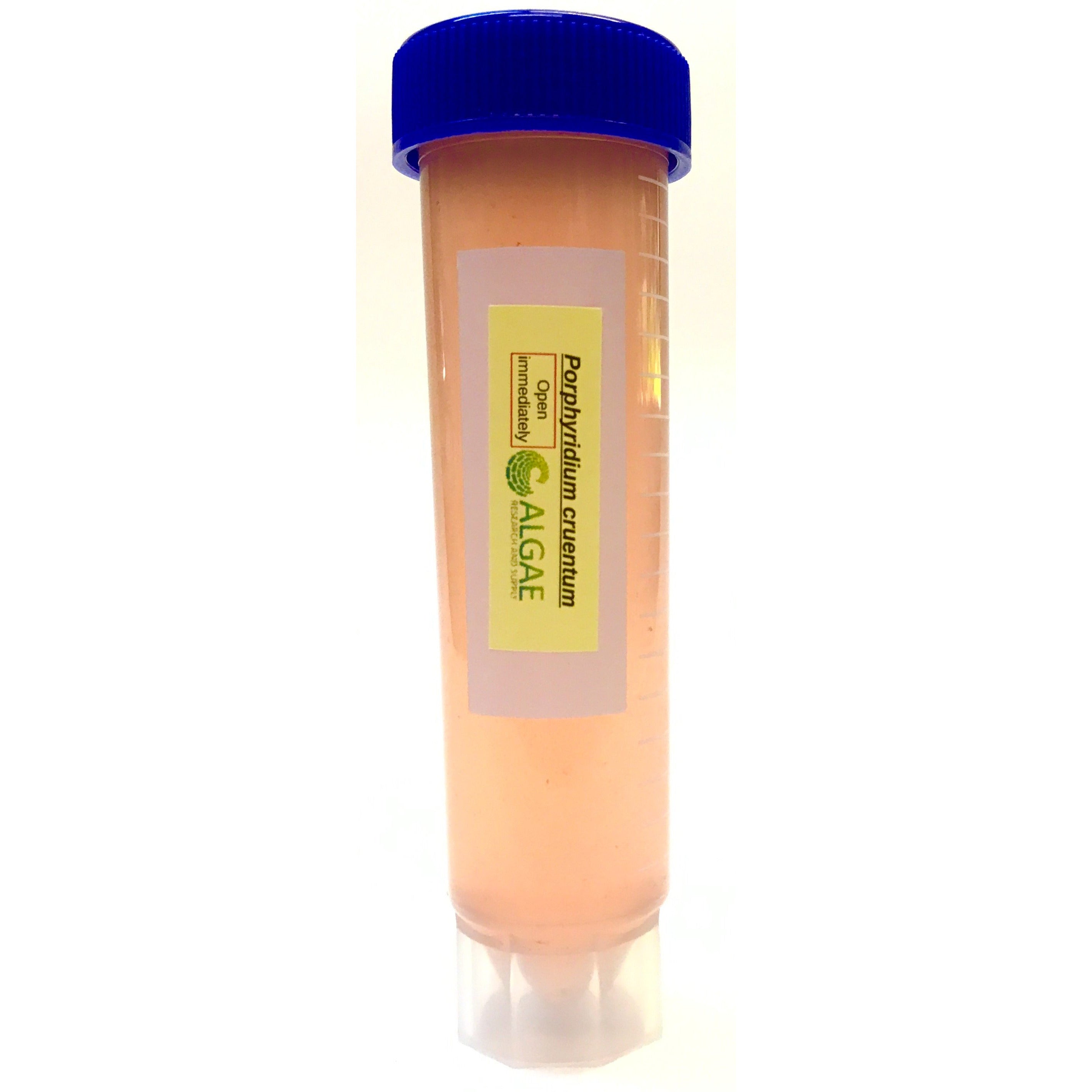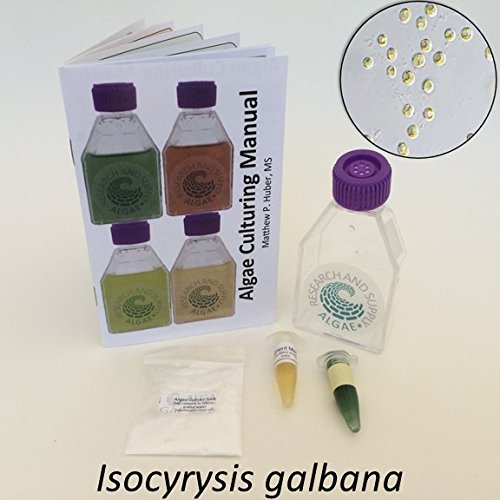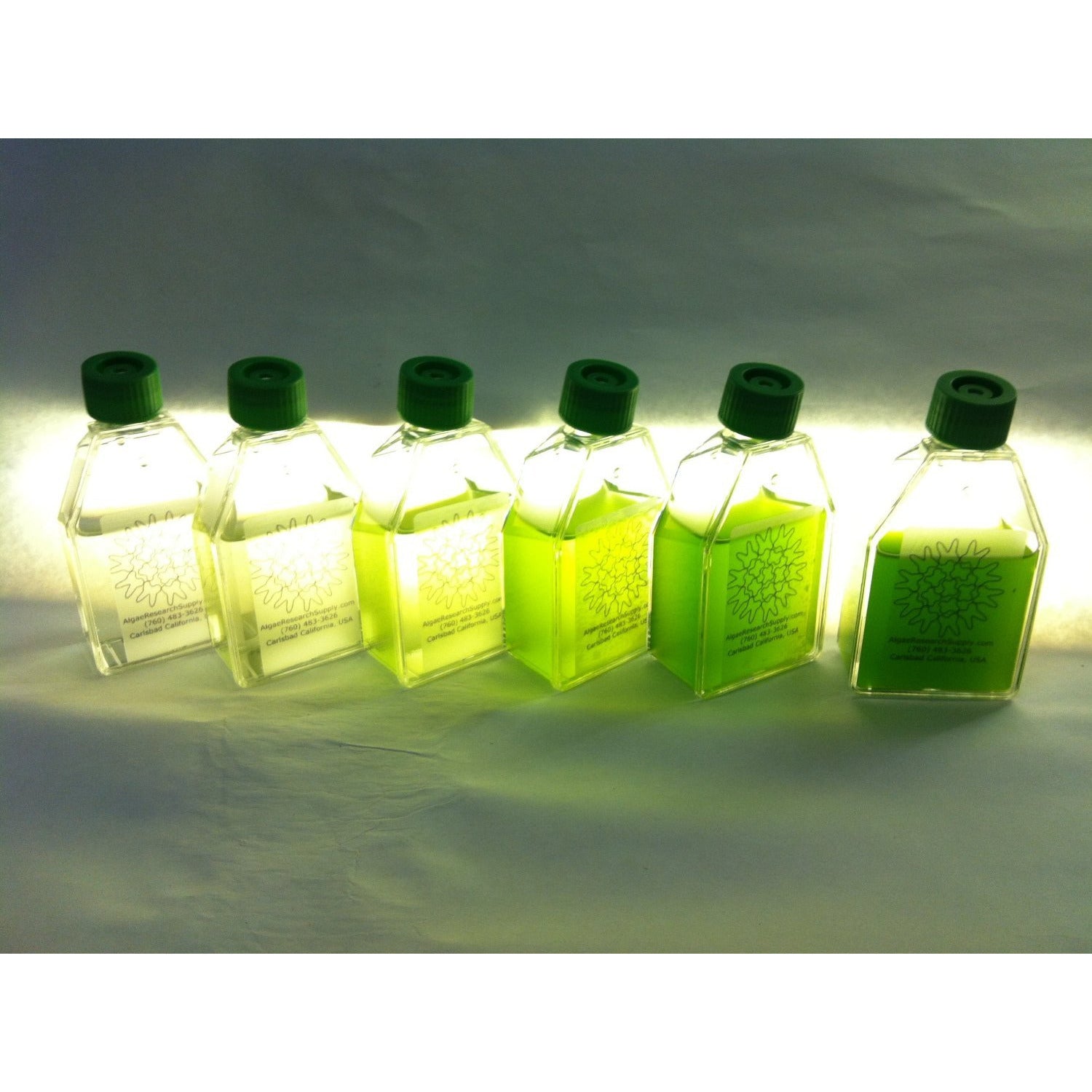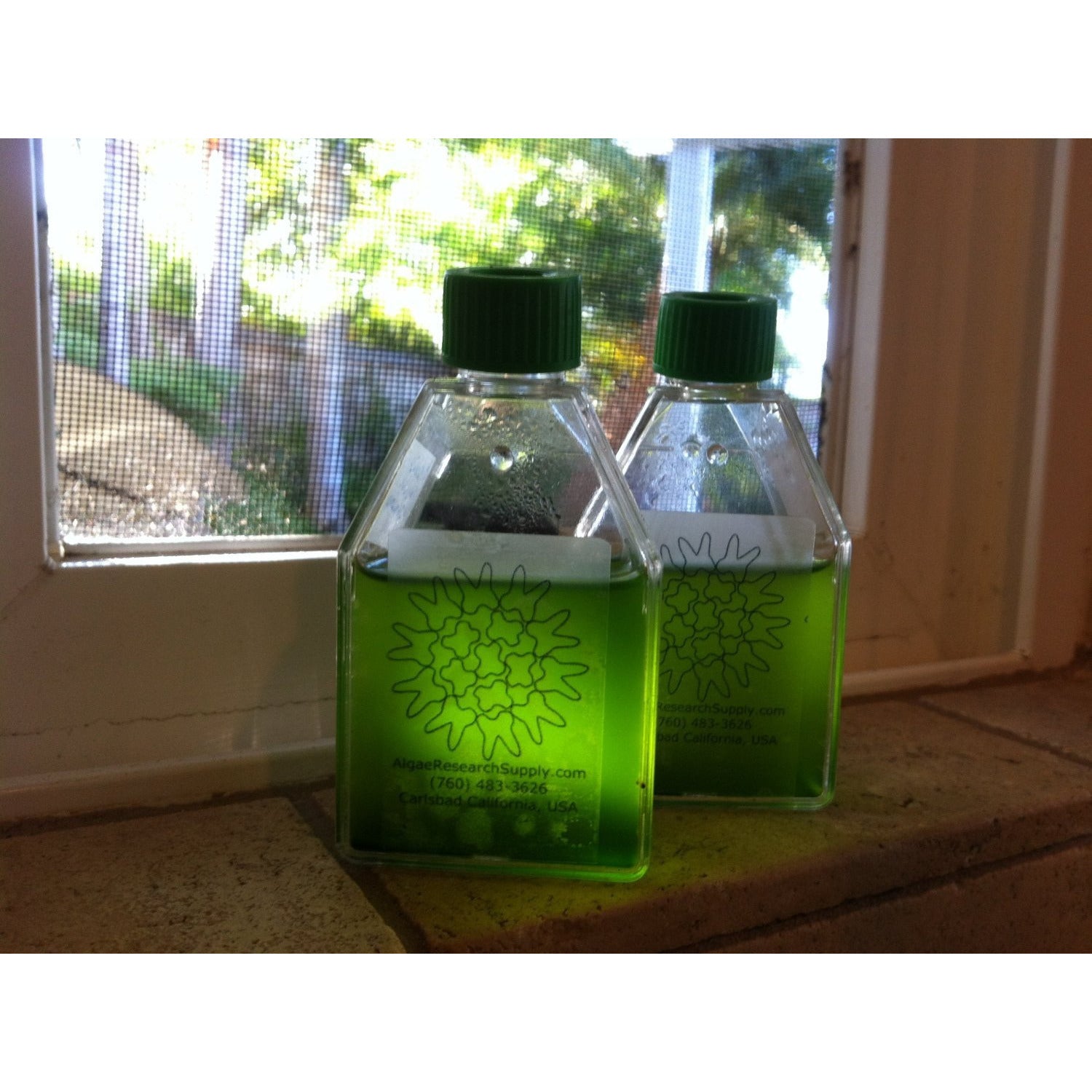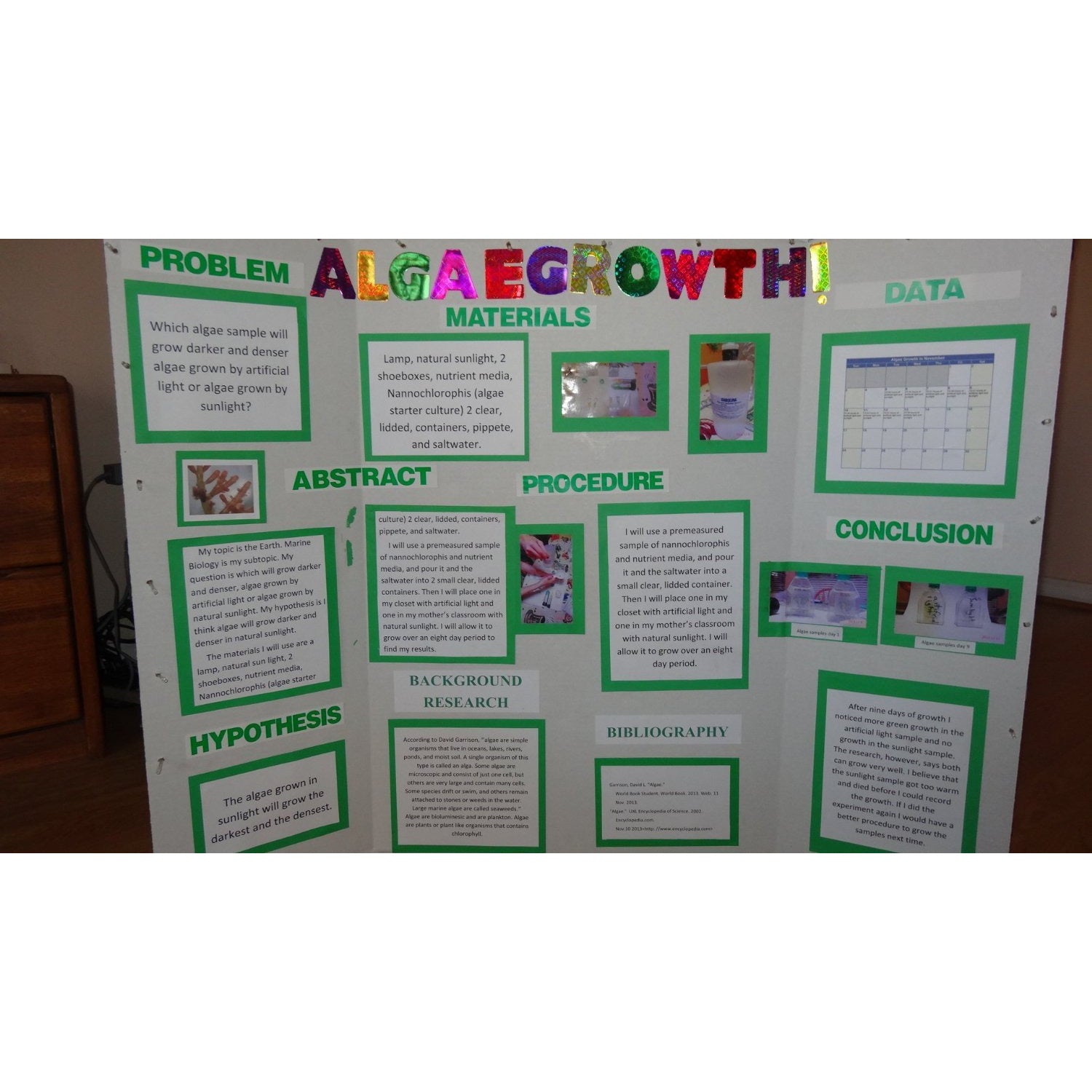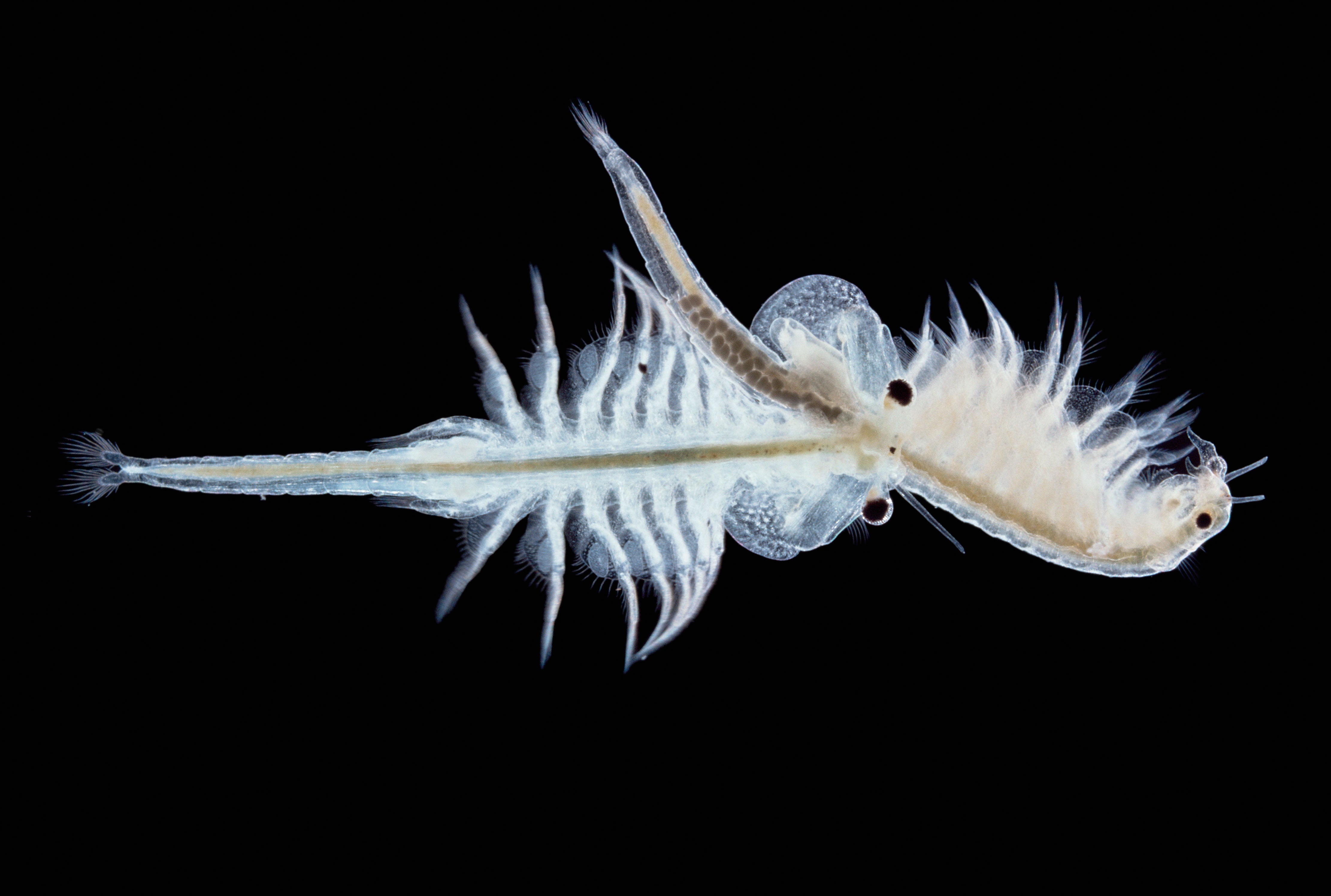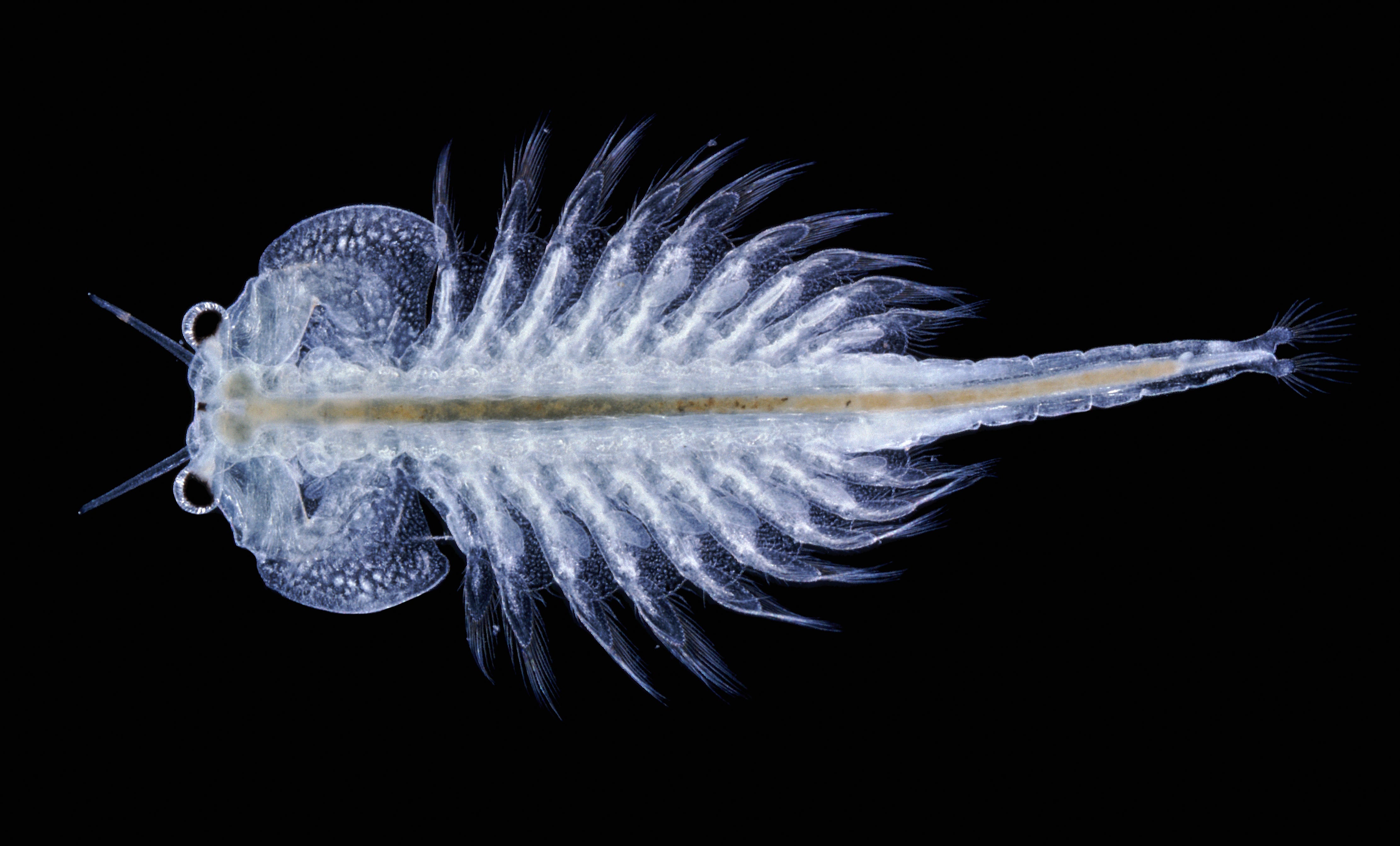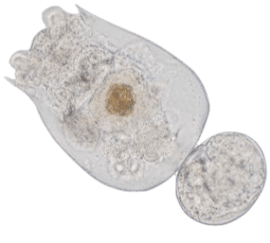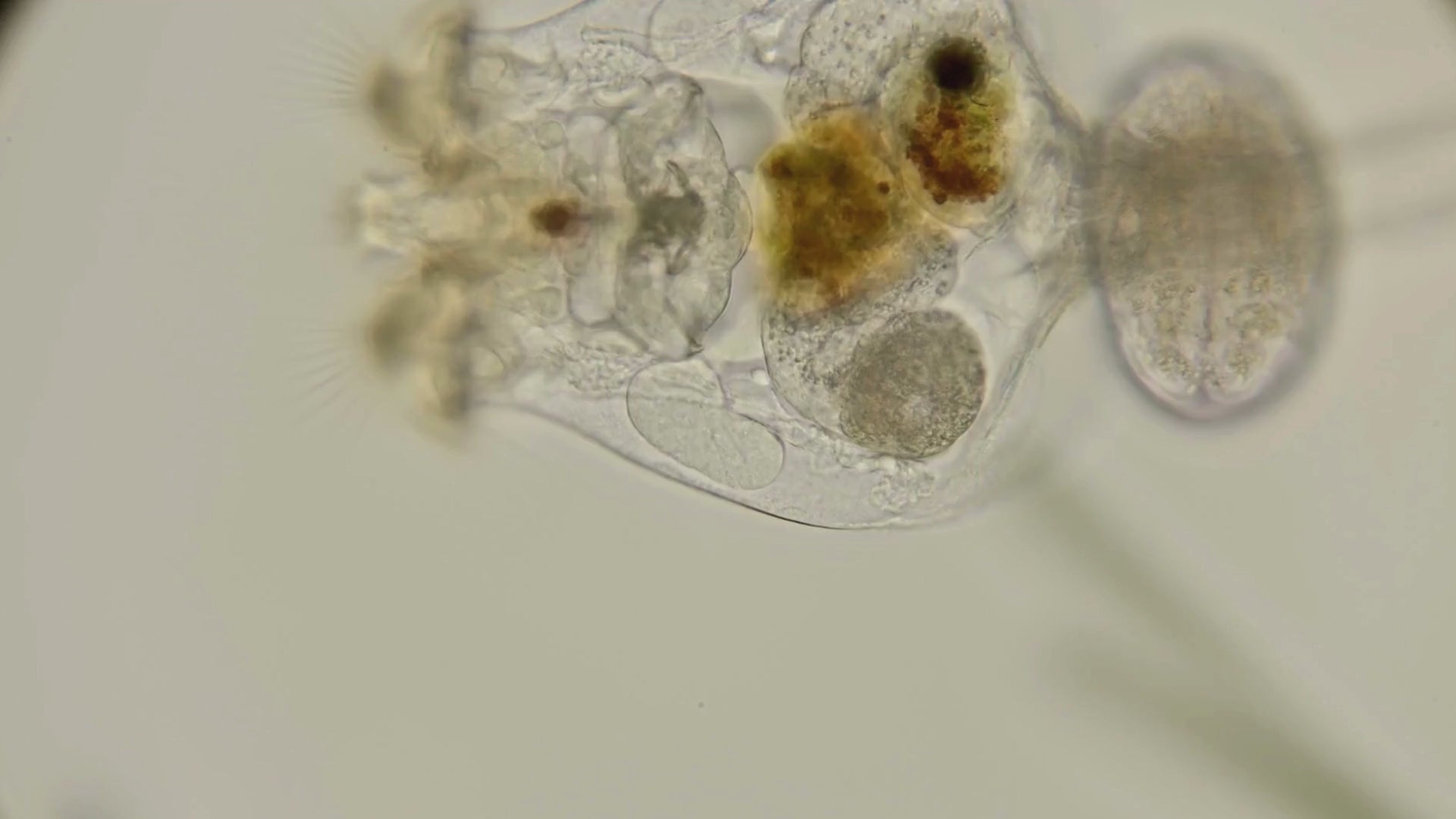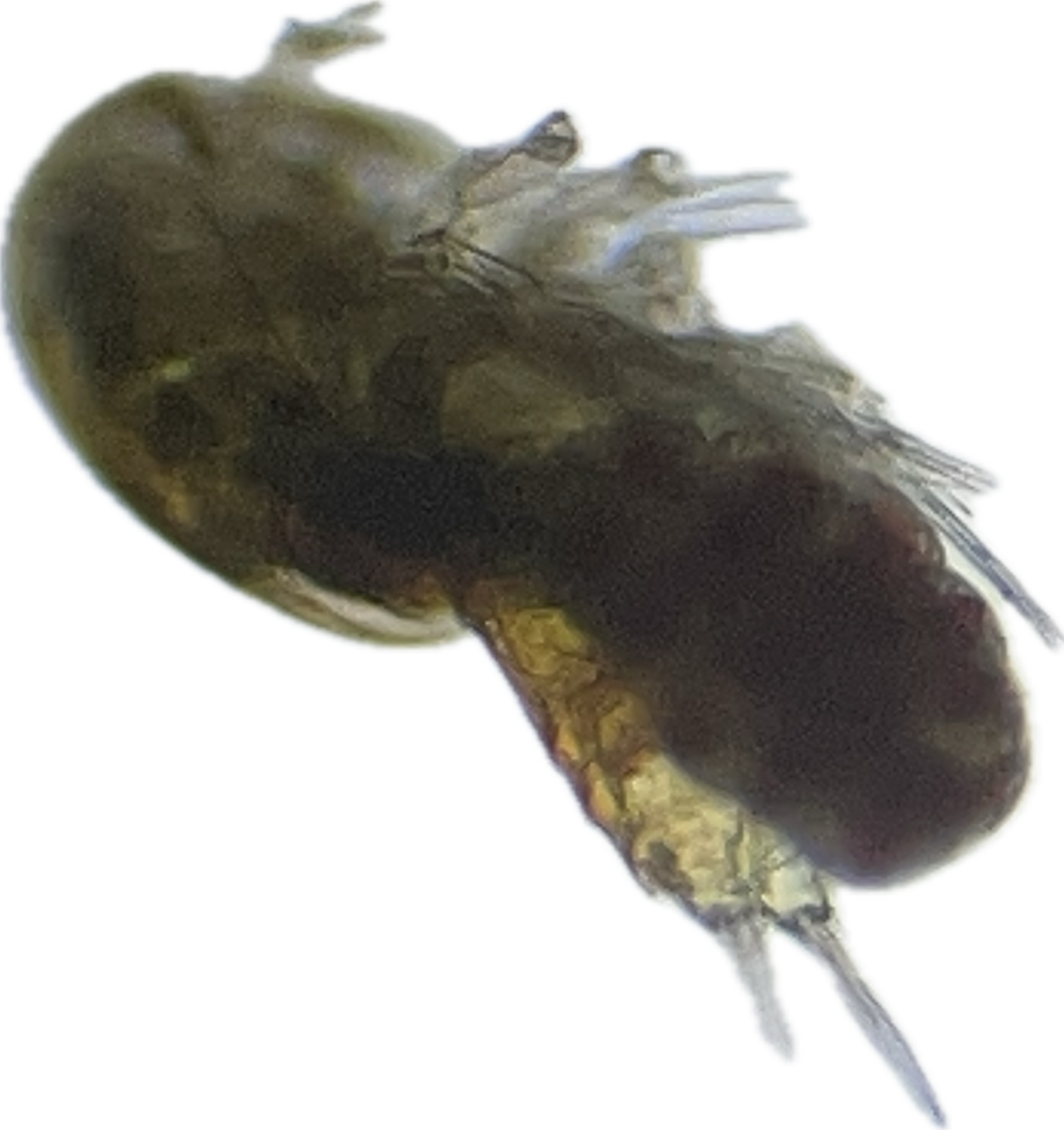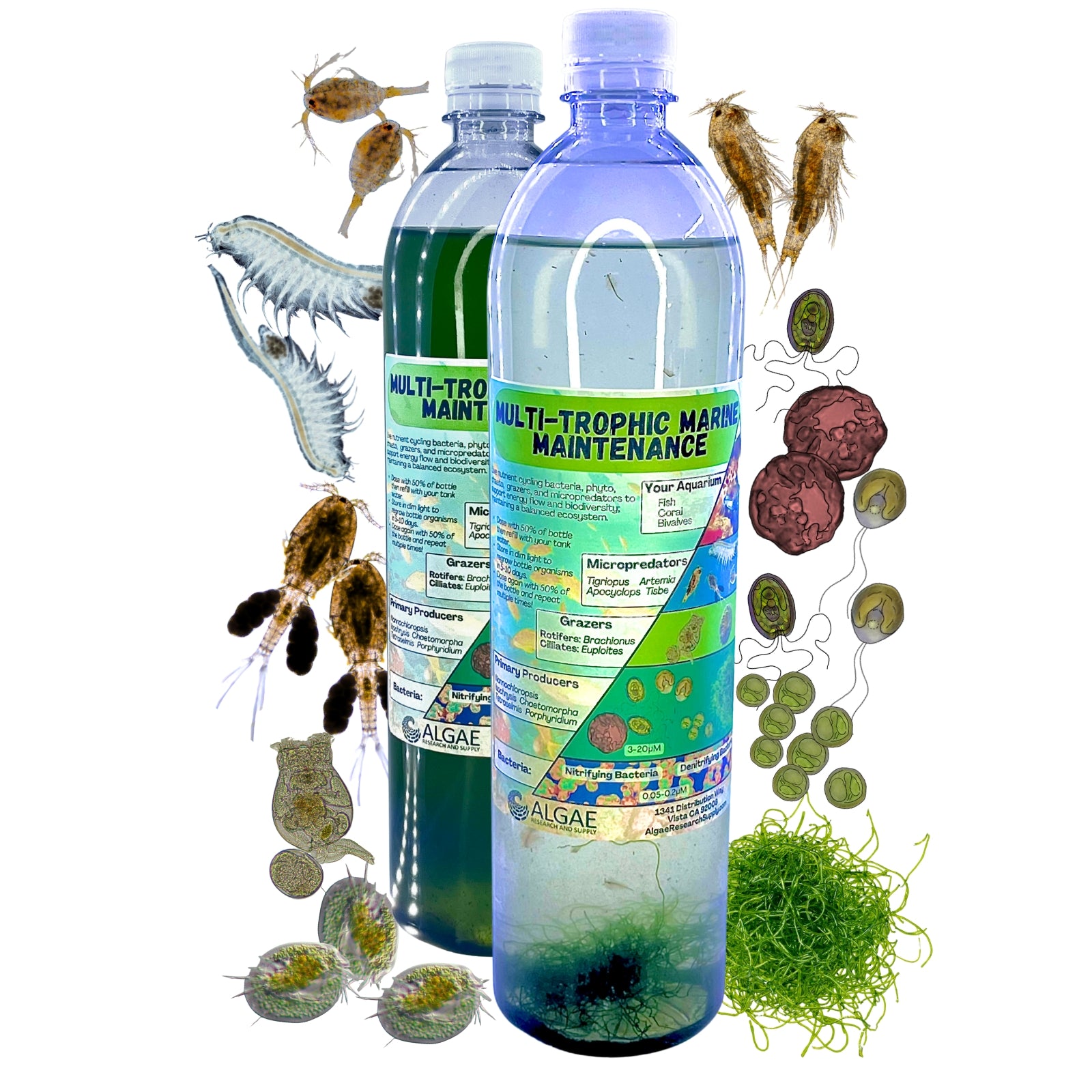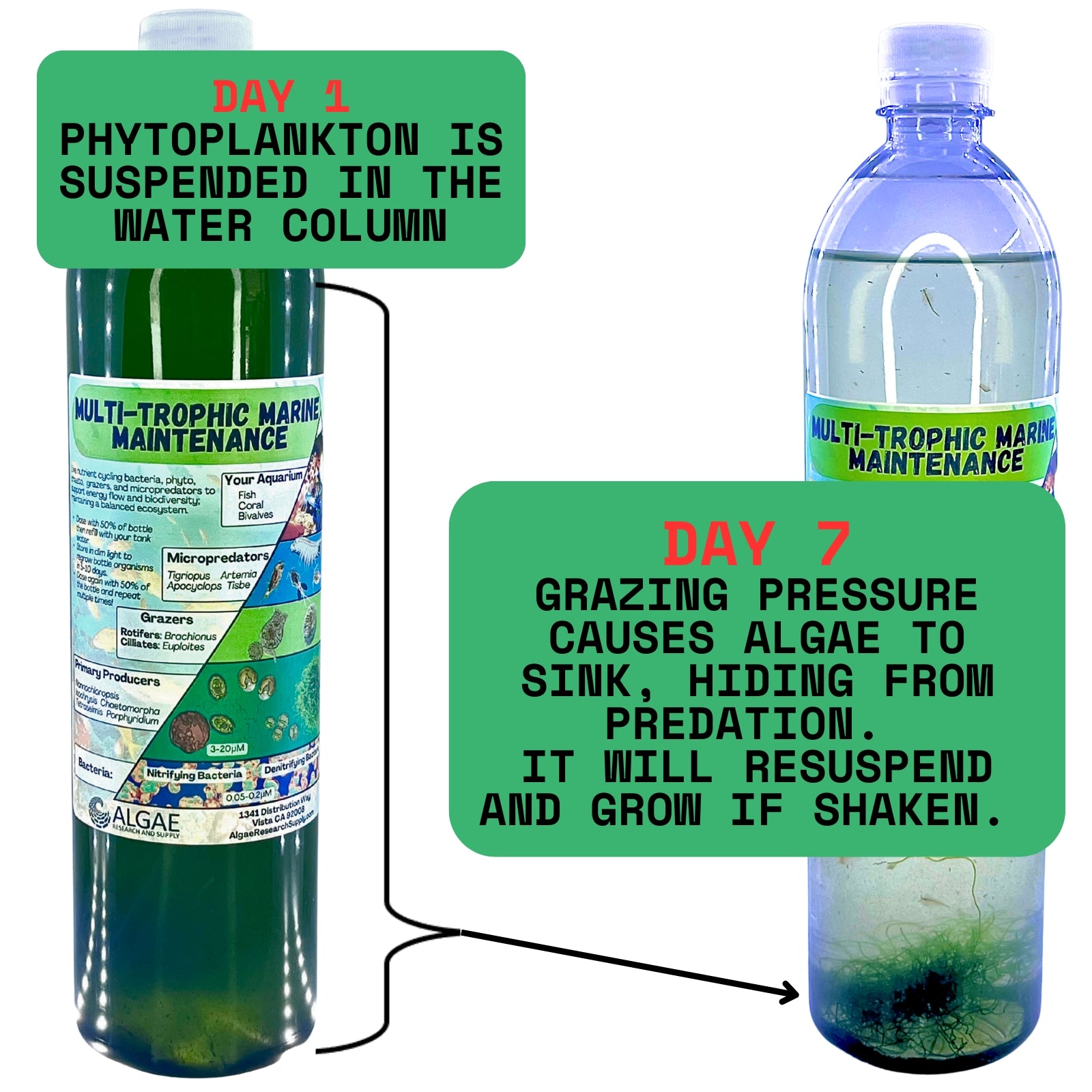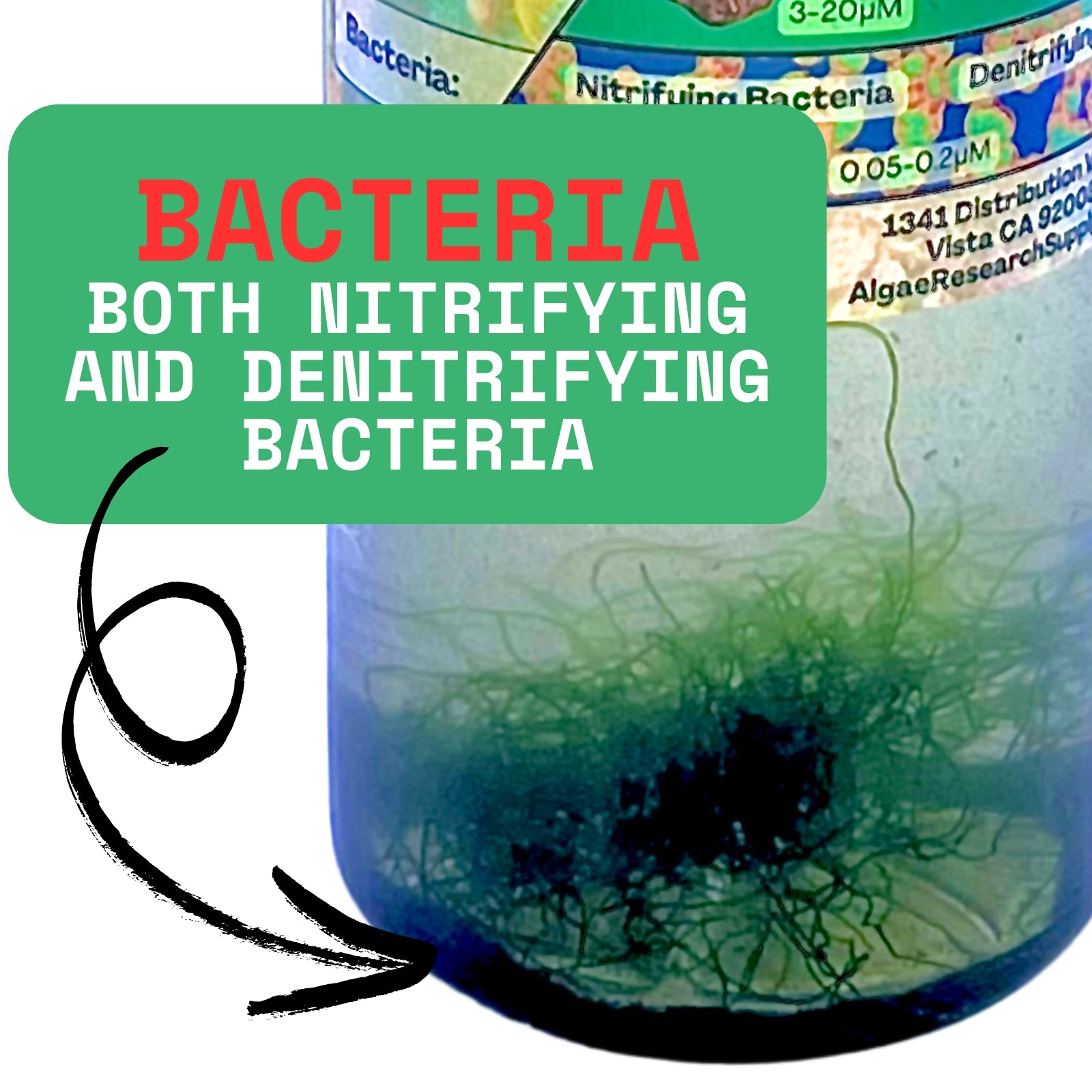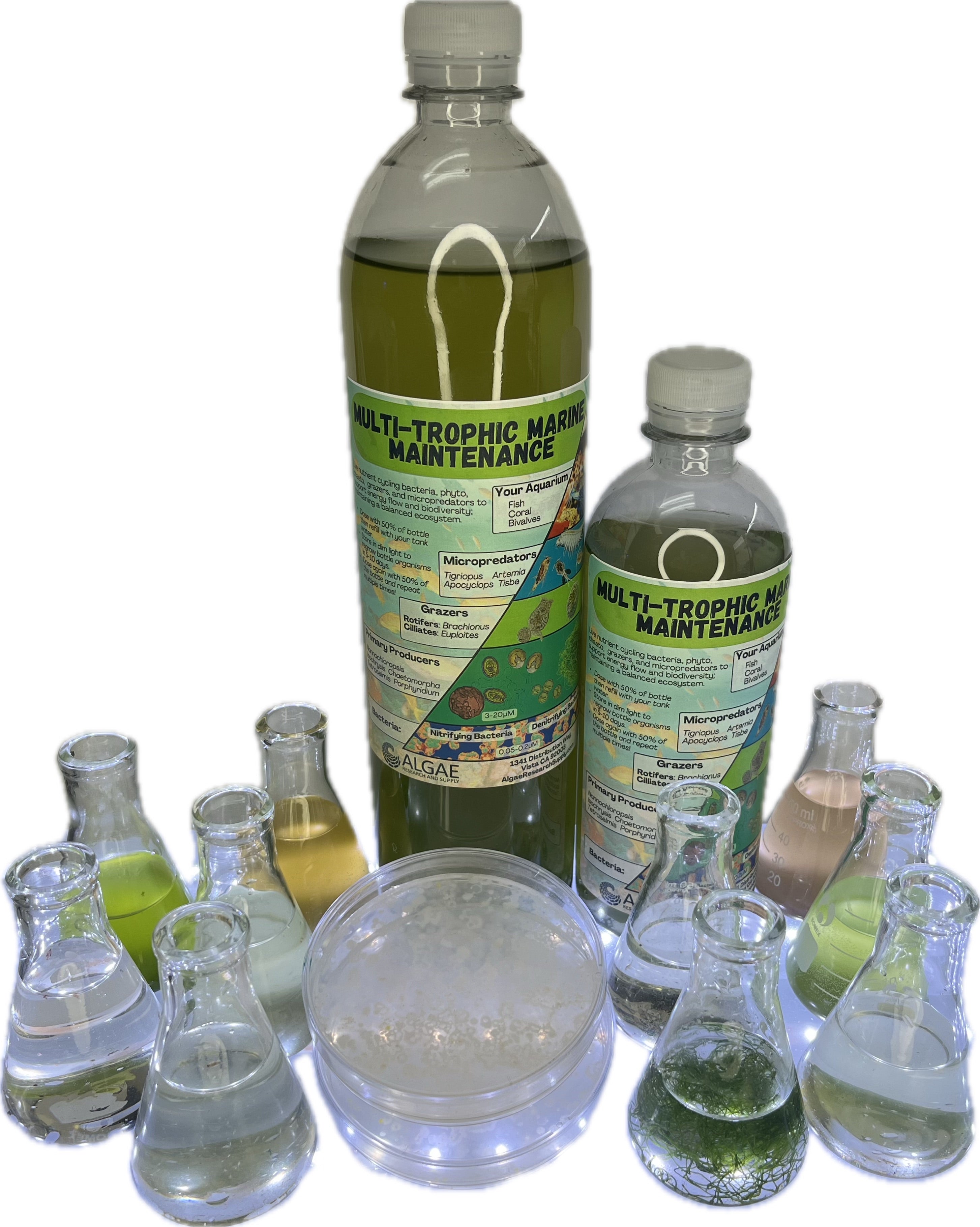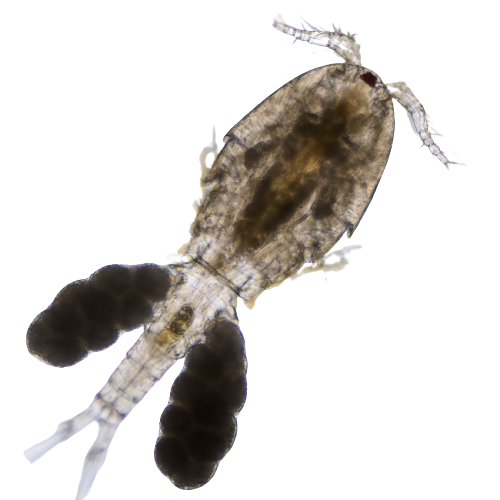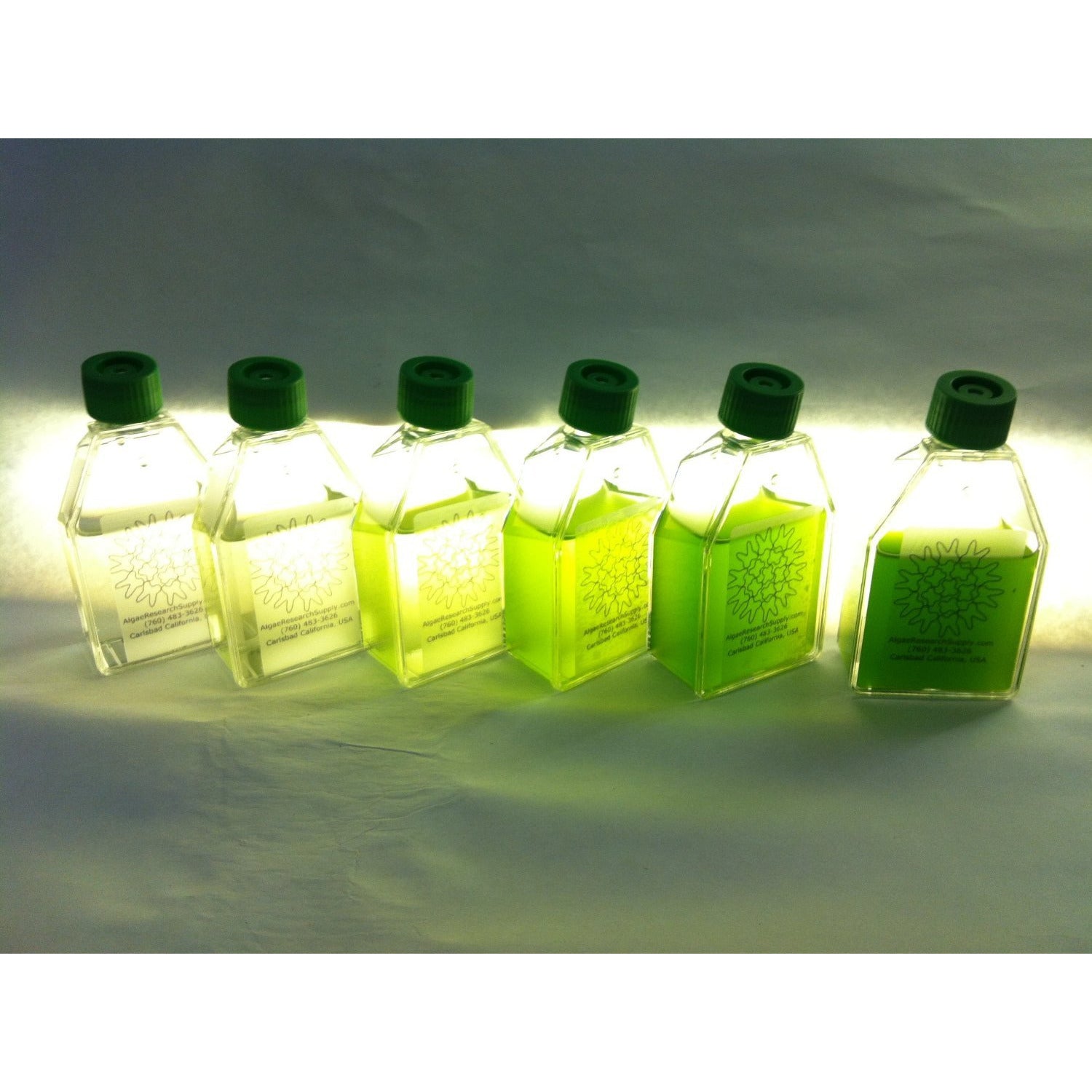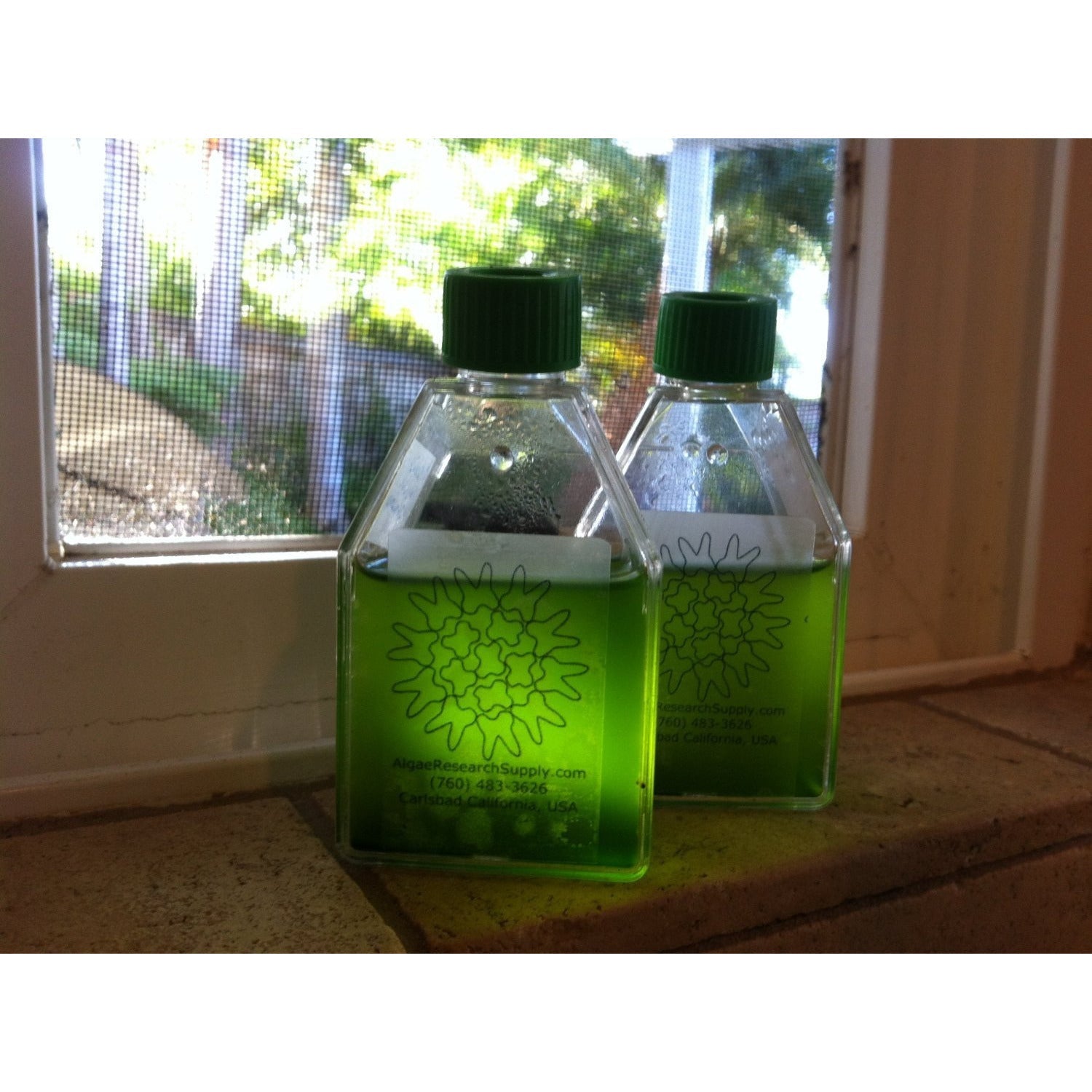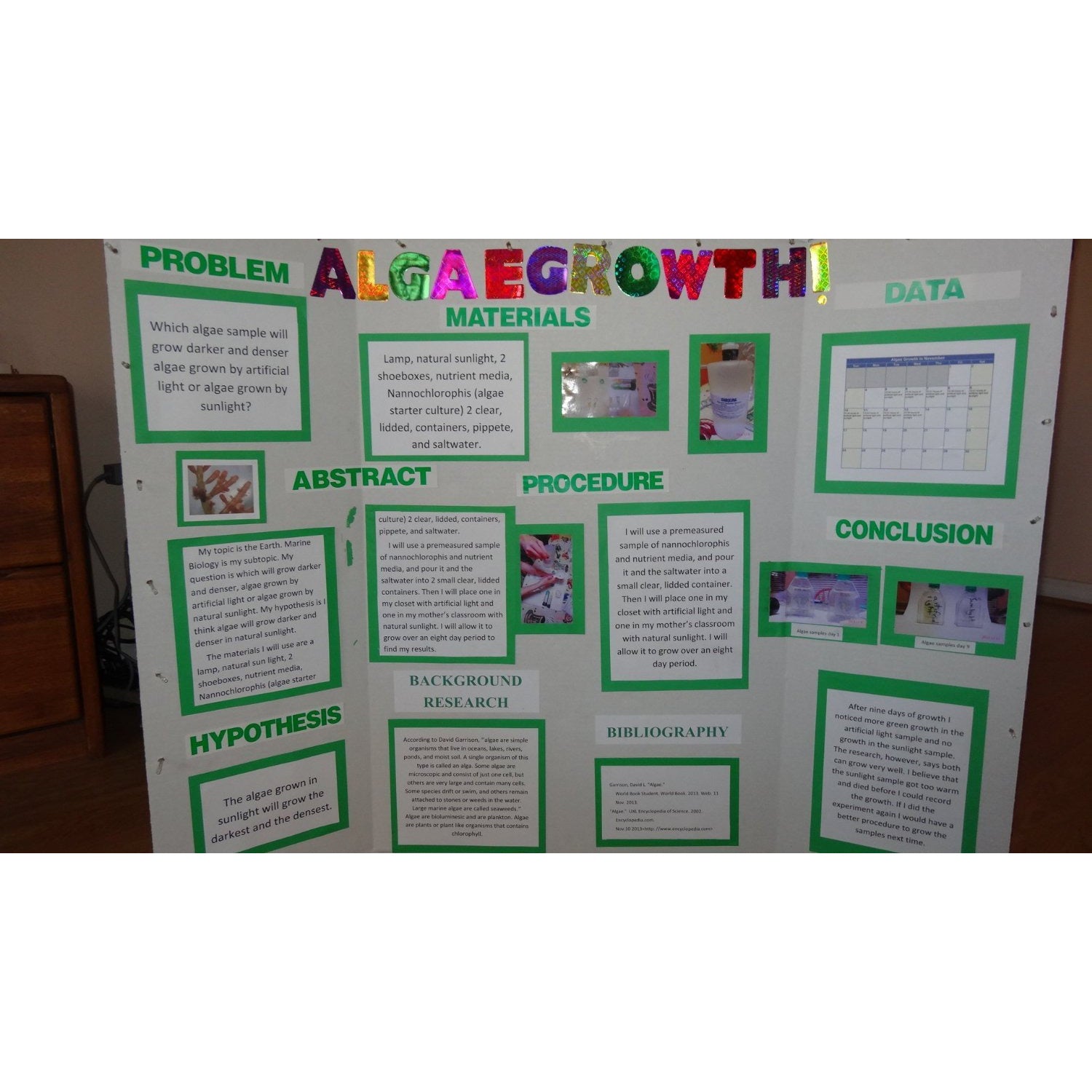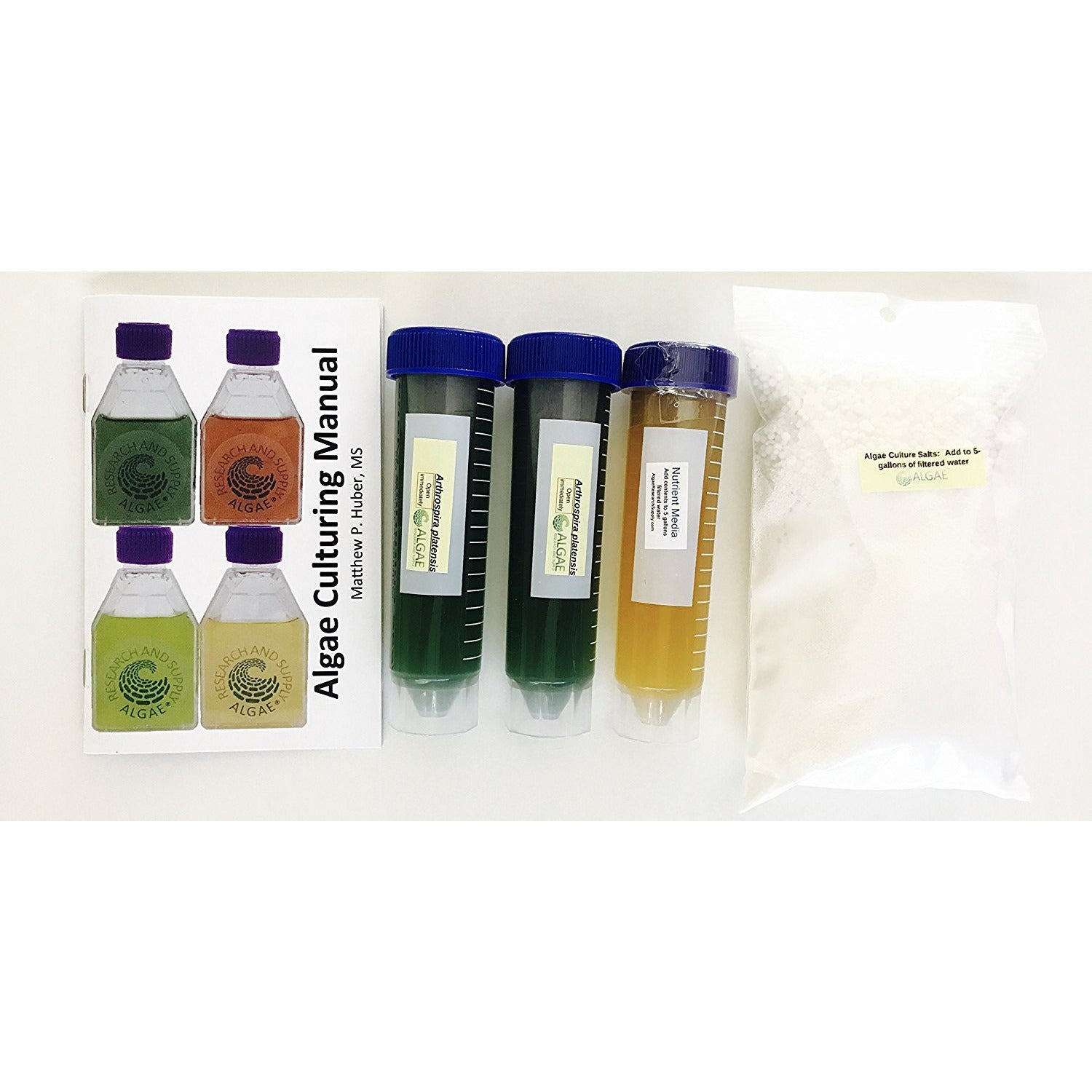Which Culture Should I Grow?
We have been working with algae for almost thirty years and have some opinions on what works in the classroom, the kitchen table, the aquarium, and an industrial farm!
Below we talk about best "lab rats" that do their job in the classroom.
Cultures for Classroom
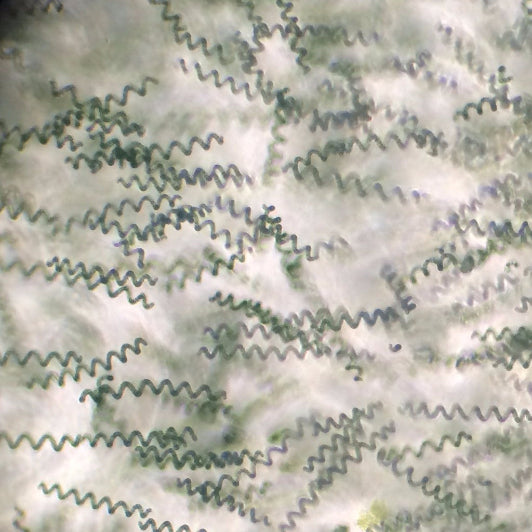
Spirulina, the Extremophile
One of our favorite alkali-water strains is Spirulina, a blue green extremophilic algae that prefers high pH (around pH 10). This pH is advantageous as it limits competition from other algae, freeing you from worrying about contamination. They are giants in the microbe world, allowing you to harvest them with a simple mesh screen. They are non-toxic and consumed around the world for their protein and antioxidant properties.
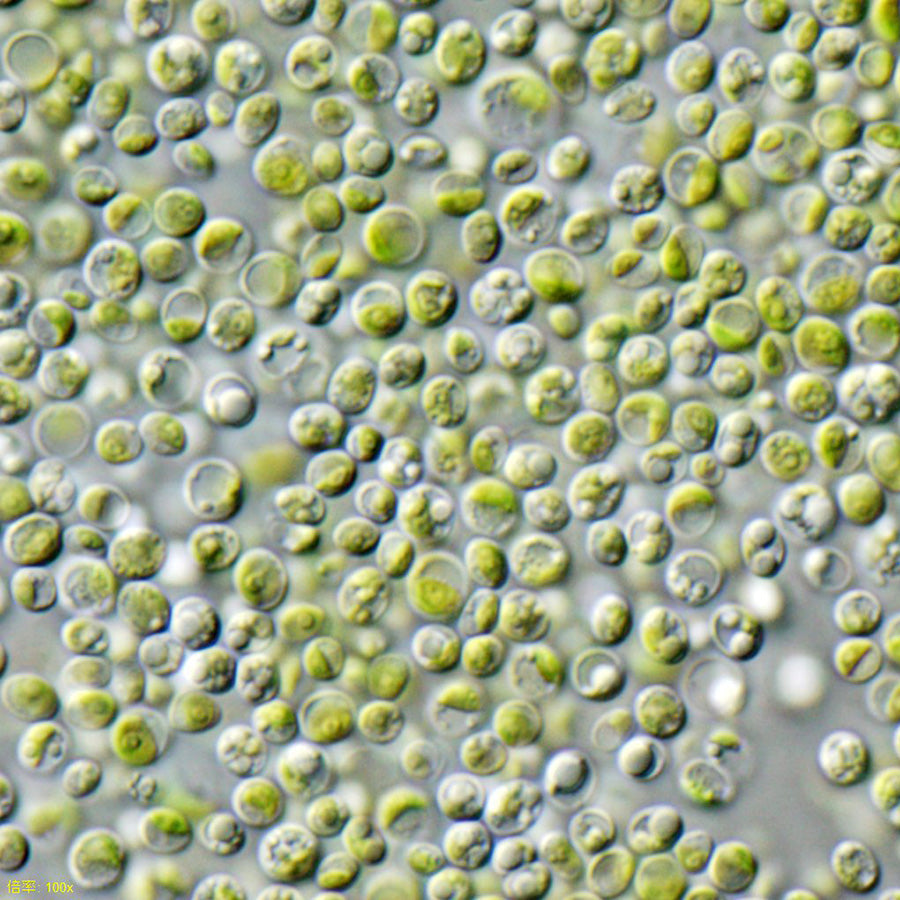
Chlorella, the Freshwater Workhorse
Chlorella is a hardy freshwater microalga known for its versatility and resilience. It thrives in a range of environments, making it ideal for classroom, laboratory, or hobbyist use. Its spherical cells (around 3–10 µm in diameter) reproduce rapidly and are rich in chlorophyll, giving them their bright green color. Chlorella plays a key role in our Algae Beads, where its ability to photosynthesize and respond to environmental changes helps students visualize gas exchange and ecosystem dynamics.
Education Kits
Fluorescent Microplastic Powder
WHICH STRAINS ARE BEST FOR FEEDING TO AQUARIUMS?
Nannochloropsis
Reduces nitrates and phosphates by uptaking excess nutrients, helping prevent nuisance algae.
Feeds zooplankton and filter feeders like copepods, rotifers, clams, and sponges.
Enhances coral health with EPA, pigments, and antioxidants
Stabilizes pH and oxygen levels through photosynthesis, good for high bioload tanks.
Boosts microbial diversity by supporting the base of the reef food web and ecosystem resilience.
Isochrysis
High in DHA, essential for healthy development of larval fish and invertebrates.
Ideal food for bivalves such as clams, oysters, and scallops in reef tanks.
Stimulates zooplankton populations including rotifers and copepods.
Easily digested thanks to its small cell size (~5 microns) and soft cell walls.
Enhances spawning success and early-stage growth in marine organisms.
Tetraselmis
Balanced nutrition with both EPA and DHA, supporting overall marine life health.
Motile cells stimulate natural feeding behaviors in filter feeders and zooplankton.
Supports copepod and rotifer cultures for a thriving reef food web.
Improves water quality by uptaking excess nutrients like nitrates and phosphates.
Enhances coral vitality with pigments and antioxidants that promote resilience.
Zooplankton
Copepods (e.g., Tigriopus, Apocyclops) Fuel microfauna populations that graze on detritus and cycle nutrients within refugia.
Rotifers (Brachionus) Provide a stable planktonic food source that bridges energy from microalgae to corals and fish larvae.
Walking ciliates (Euplotes spp.) Scavenge biofilms and organic debris, helping maintain clean surfaces and microbial balance.
Brine shrimp (Artemia) Act as live enrichment feeders, supporting natural foraging behavior in fish and preventing leftover decay.
Reef Aquarium
Algae Research Supply: Algae Culture Kit for Nannochloropsis
Algae Research Supply: Algae Culture Kit for Isochrysis galbana
Multi-Trophic Marine Maintenance
Algae Research Supply: Algae Culture Kit for Tetraselmis Chuii



